Greetings after a long blog hiatus! We are now in Mexico but will pretend we are still in Peru as we finish up our last posts of South America! Also, a warning that this is a longer post.
In the beginning of April (sorry guys) we spent almost a week in the Amazon rainforest. We flew north to a city called Iquitos, which is the largest city in the world that is not accessible by road. Iquitos is a bustling city with more than half a million people, and it felt like nearly all of them had a mototaxi. We arrived late on a Wednesday evening and spent one night at a hostel on a lively plaza in downtown Iquitos.
The following morning we headed to a lodge called Muyuna for five days and four nights. Muyuna is located on an Amazon River tributary about a two hour boat ride away from Iquitos. The majority of the ride was on the Amazon river, which was an exciting way to start the trip. After the journey we arrived at the lodge, which sits entirely on stilts on the water (there was no dry land at the lodge since we were there during the rainy season, but apparently during the dry season you can play volleyball on land at the lodge).
We loved Muyuna and found it was a beautiful and relaxing place to be, even with the intense heat and mosquitoes. We were assigned a guide named Julio for the duration of our stay, and he accompanied us on all our outings. For the first half of our trip there were two girls from Germany who were also in our group, but once they left it was just us, Julio, and another staff from Muyuna who would drive the boat. Julio was really nice and incredibly knowledgeable given that he grew up on the Amazon and has been a guide for over twenty years.
We went on three outings each day (morning, afternoon, and evening) and had time between outings to eat, relax, or take a kayak out on the river.
Since there was so little dry land, the large majority of the outings involved going out in boats and looking for animals in different areas. We also went on smaller canoes or kayaks on a few occasions so we could get access to more wooded areas.
There was only one patch of dry land where you could walk around, and we went on both a daytime and evening walk there.
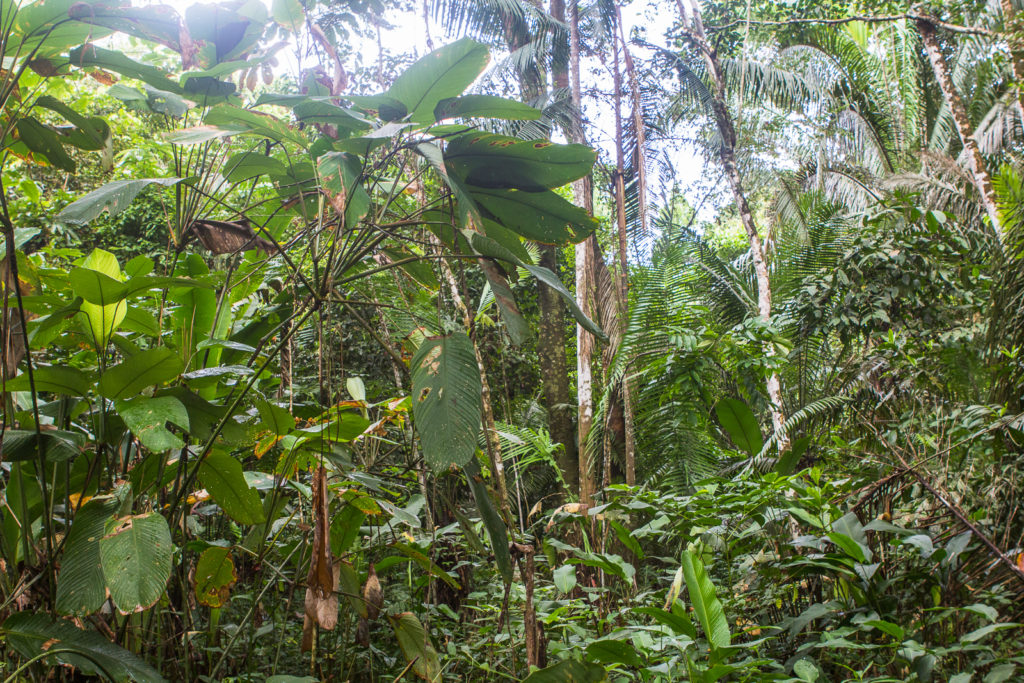
Although we didn’t see many animals during our daytime walk, we still loved walking through the lush jungle 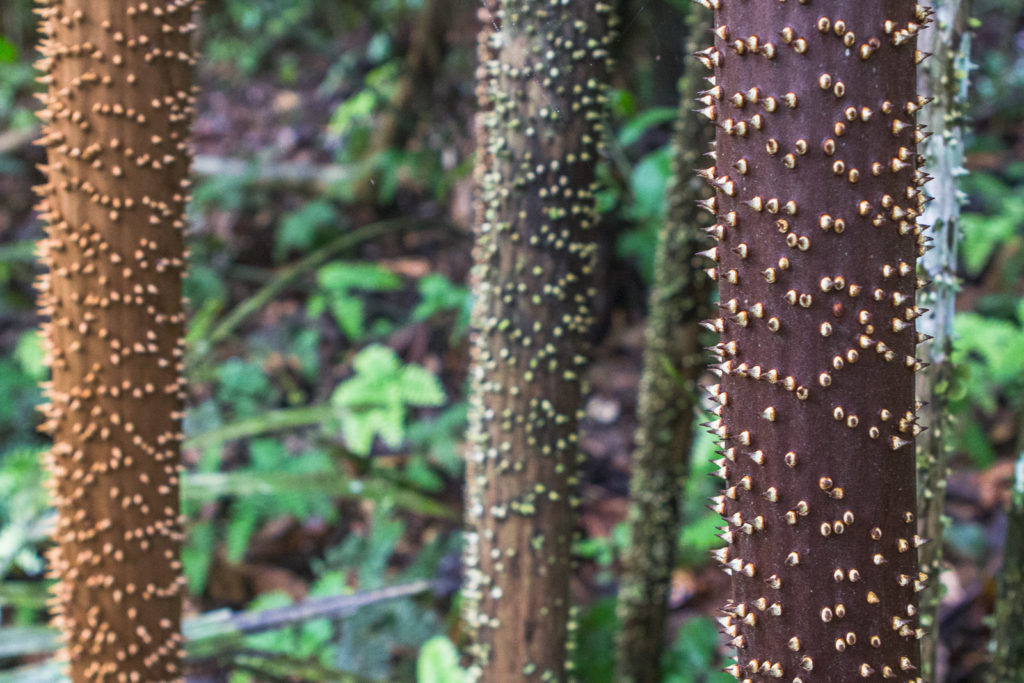

Bullet ants (apparently this is the most painful insect you can get bit by) 
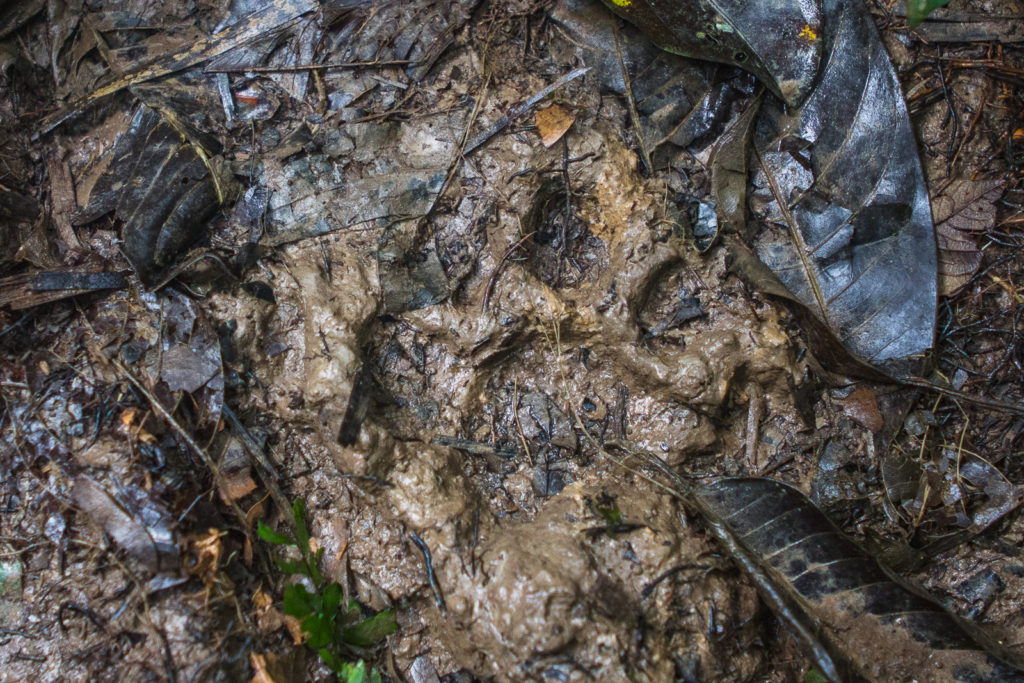
A jaguar print (they are very secretive and rarely seen, although they are in this area) 
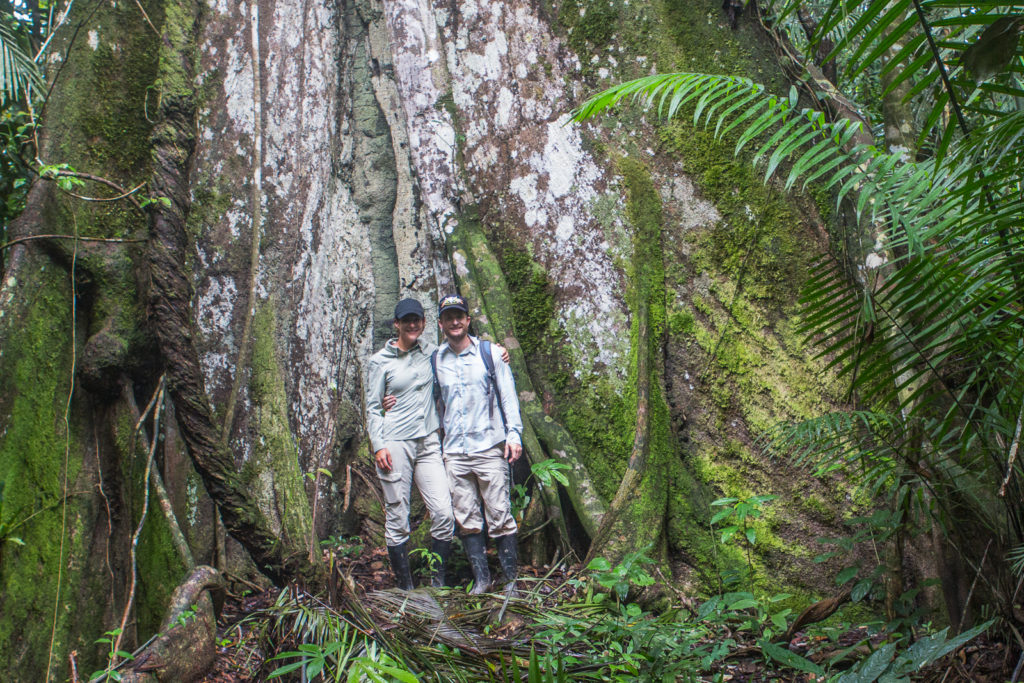
Modeling our newest Amazon fashions with an enormous tree
On our first afternoon we went piranha fishing, which initially sounded scarier than it was. We each caught a piranha, but they were much smaller than we were imagining (apparently if you come back later in the summer they are much bigger). At night they cooked the fish and we ate them, but given that they were so small there was not much meat.
Over the course of our stay we saw tons of other animals and plants and learned a lot about the Amazon. We saw numerous types of monkeys, sloths, many birds (including parrots and macaws), caimans (like an alligator), dolphins, snakes, frogs, etc. Unfortunately it’s very hard to get pictures of the animals since they are often moving, far away, or aren’t there for too long, but we tried our best.
Seeing monkeys in particular was always super exciting, and on one occasion we went looking for monkeys in kayaks which allowed us to get much closer to them.
In addition to seeing lots of animals, we loved just riding in the boat and seeing both the natural scenery and the communities people have built all along the river.
Probably the number one highlight of the trip was swimming in the Amazon River with river dolphins. We did not realize that there were dolphins in rivers, but there are actually both pink and grey river dolphins in the Amazon. Unfortunately it was very difficult to get a good picture or video of this…..
Another thing we enjoyed were the evening excursions. On our first evening we went walking through the rainforest and saw a giant frog, some interesting bugs, and a beautiful red snake (although we all got very freaked out when the snake jumped off the tree). On another occasion we went looking for caimans (basically alligators). You have to go at night because the only way to find them is by shining a flashlight on the reeds where they hang out and illuminating their red eyes.
One evening activity that was not our favorite was the evening canoe trip, which was supposed to be very peaceful since we could just float and didn’t have the sound of the motor of the usual motor boats we took. However, because we were going so slowly, there were a million bugs flying around and then a tarantula climbed into the front of our boat. Fortunately it climbed right next to Julio, who was exponentially less afraid than everyone else in the boat. He put it on his paddle for us to see, but we still were not convinced that it wasn’t a jumping tarantula. Eventually he brought it over to shore, and we spent the rest of the canoe ride very freaked out and religiously checking our boat for tarantulas with our headlamps any time we went close to shore.
In addition to seeing lots of animals and plants, we also learned about some of the efforts to promote conservation in the Amazon. There have been efforts to teach about conservation to children in particular because the idea is that they will be more likely to take on new practices. Muyuna also works closely with the nearby community of San Juan and primarily employs people from San Juan in an effort to provide alternative economic opportunities (they wanted to show people that if they didn’t kill animals, people would come to see them, thus providing jobs and money). We visited San Juan on one afternoon as well as another village on the Amazon, and this was really interesting.
One unfortunate outing was our attempt to see an anaconda. We tried a few times to see anacondas sun bathing on top of the plants on the river but were unsuccessful. Then a friend of Julio’s told him that he caught an anaconda at his home after it ate 12 of his chickens. We went to see the anaconda and arrived to find the anaconda in a satchel. Once they opened the satchel, it was clear that the anaconda was not doing well. Julio saw that the anaconda was likely close to death and tried to put some water on it, but it was unsuccessful. Julio was pretty unhappy with his friend who had killed the snake, and it was very sad and unfortunate to witness this. However it was also an interesting view of the challenges of promoting conversation in the Amazon. The anaconda ate multiple chickens, a large source of food and income for this man with limited means, and was furthermore a safety concern for them. It was therefore hard to blame this man, who likely did not have many other options for dealing with the anaconda. Julio was posing for pictures with the dead anaconda but posting pictures of dead animals online feels weird.
At the end of the five days we were very sad to leave Muyuna and were already talking about how we wanted to come back in the dry season. We took the boat back and had a little time to walk around Iquitos before going to the airport. When we tried going through security we were alerted to the fact that our tickets were for the following evening. We tried numerous different ways of getting on a flight that evening, but after a few frustrating hours at the Iquitos airport, we were unable to do so. We went back to the same hostel we stayed at the night before and accepted our fate.
The following day we took full advantage of our bonus day in Iquitos and explored the city more. We first went to a manatee rescue center and saw many animals that had been rescued from the black market.
We also went to a few different museums and had dinner and drinks on a nice boardwalk that runs right next to the river.
Finally at night we went back to the airport and successfully flew back to Lima almost a week after we had left. Iquitos and the Amazon was a highlight of our whole South America trip, and we hope to be able to go back one day.

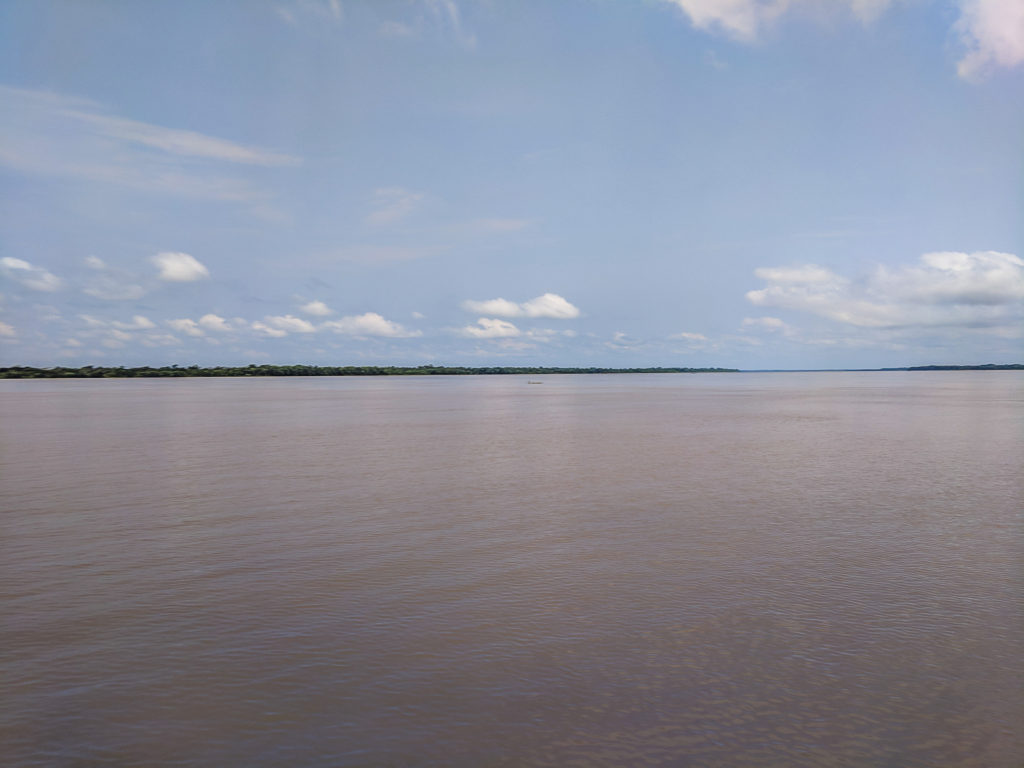

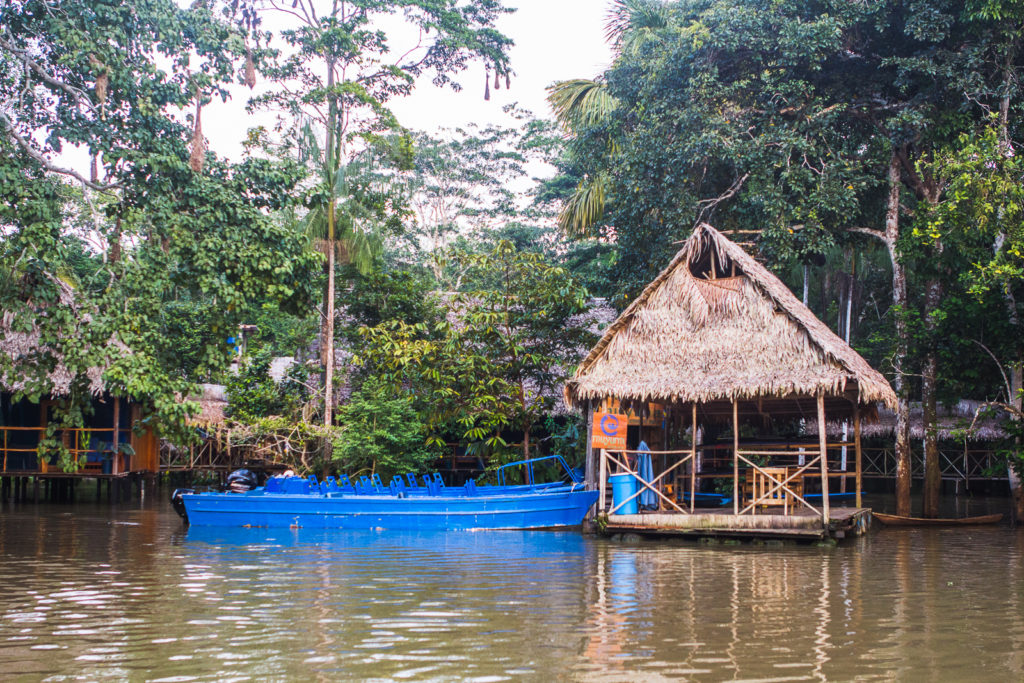
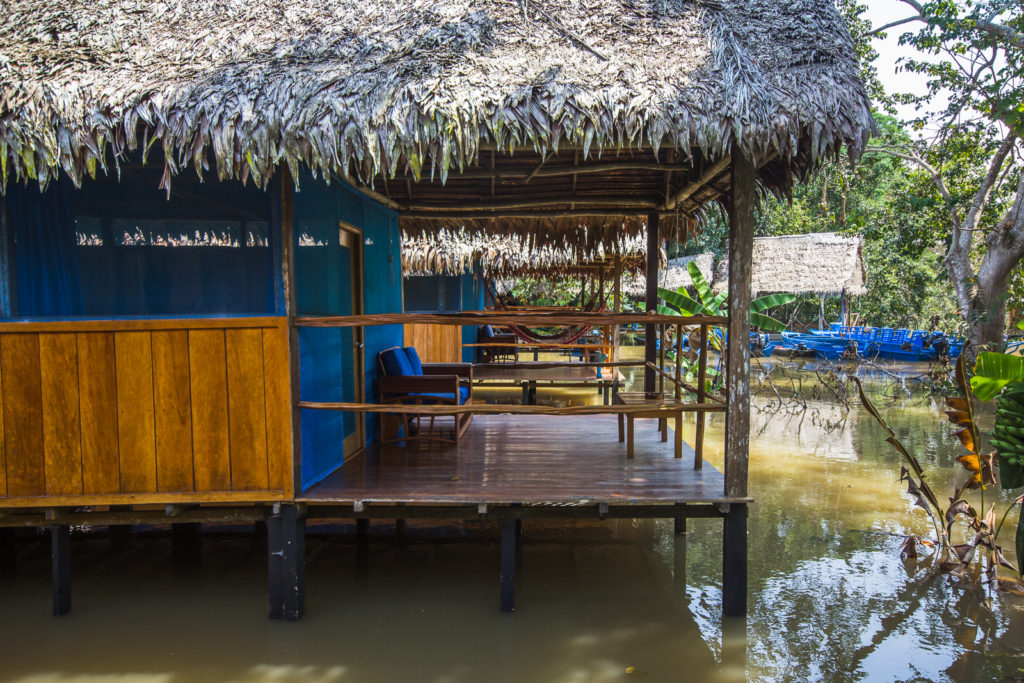

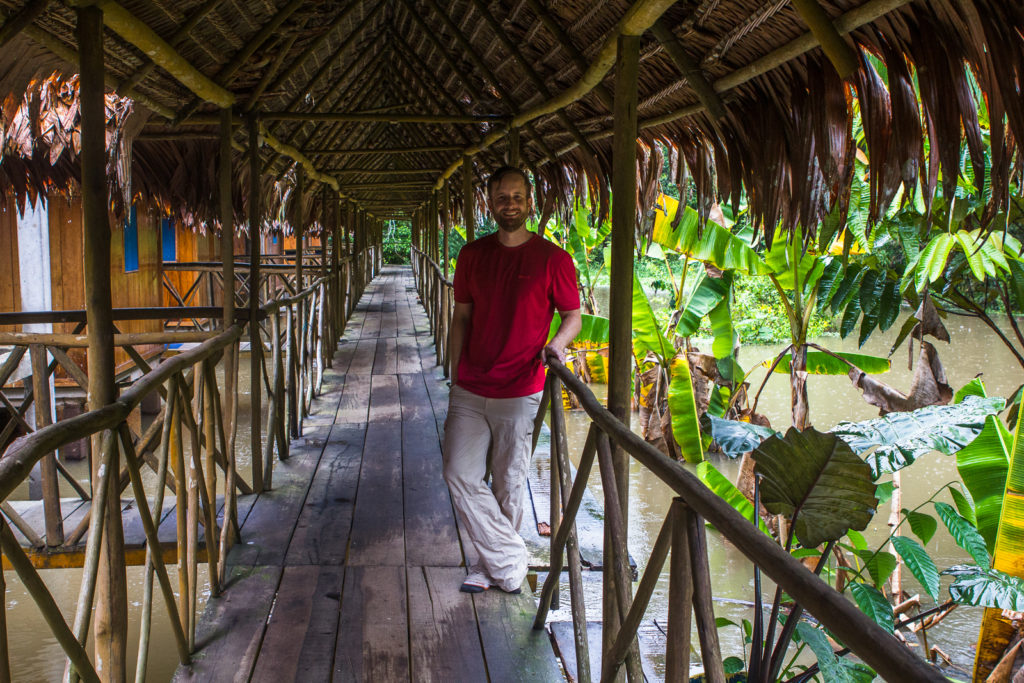

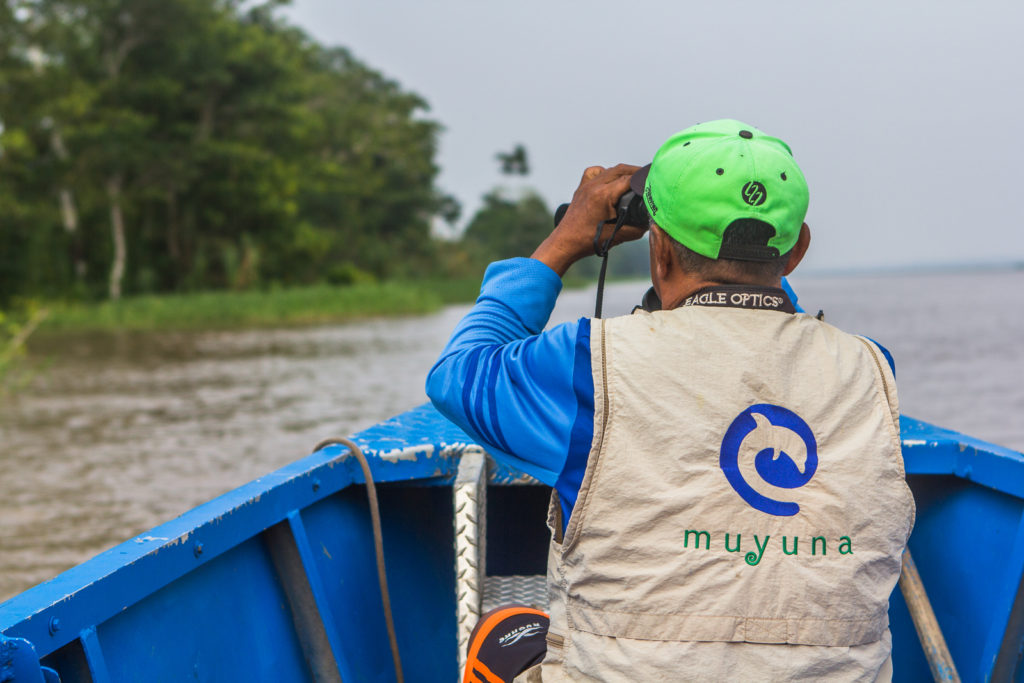

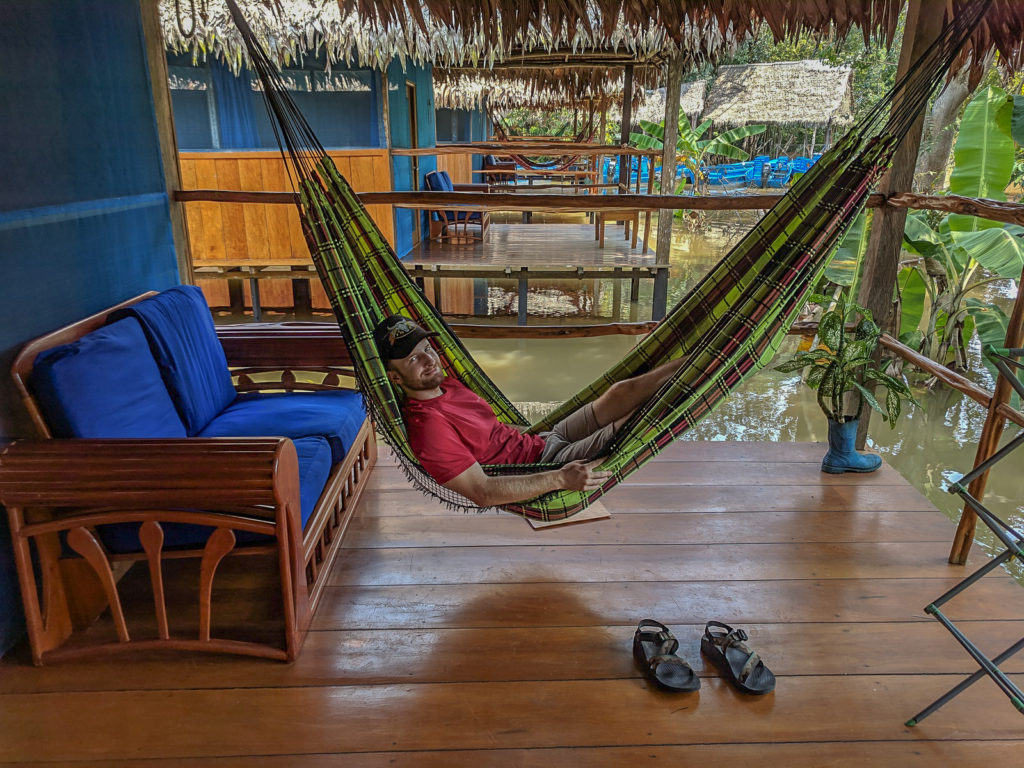
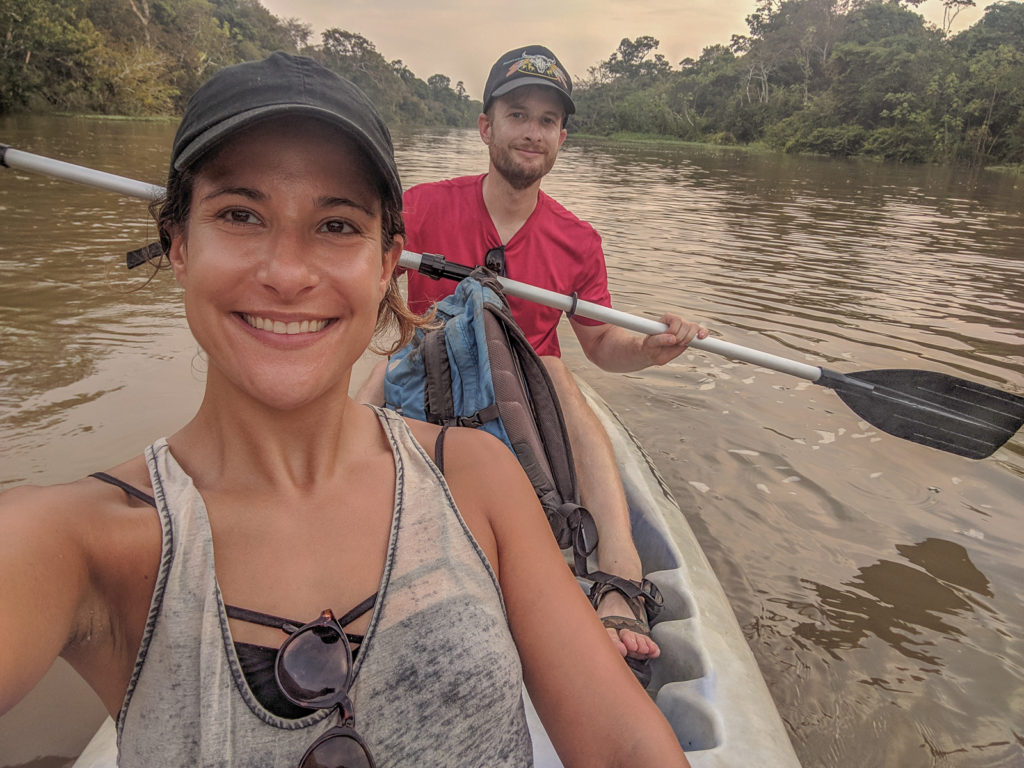
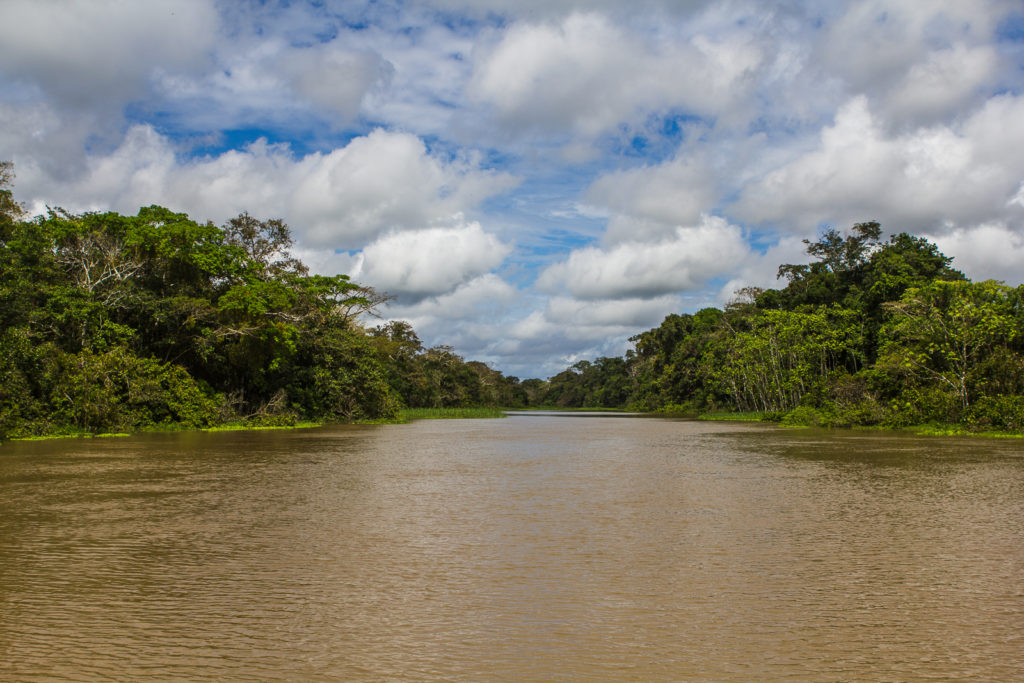
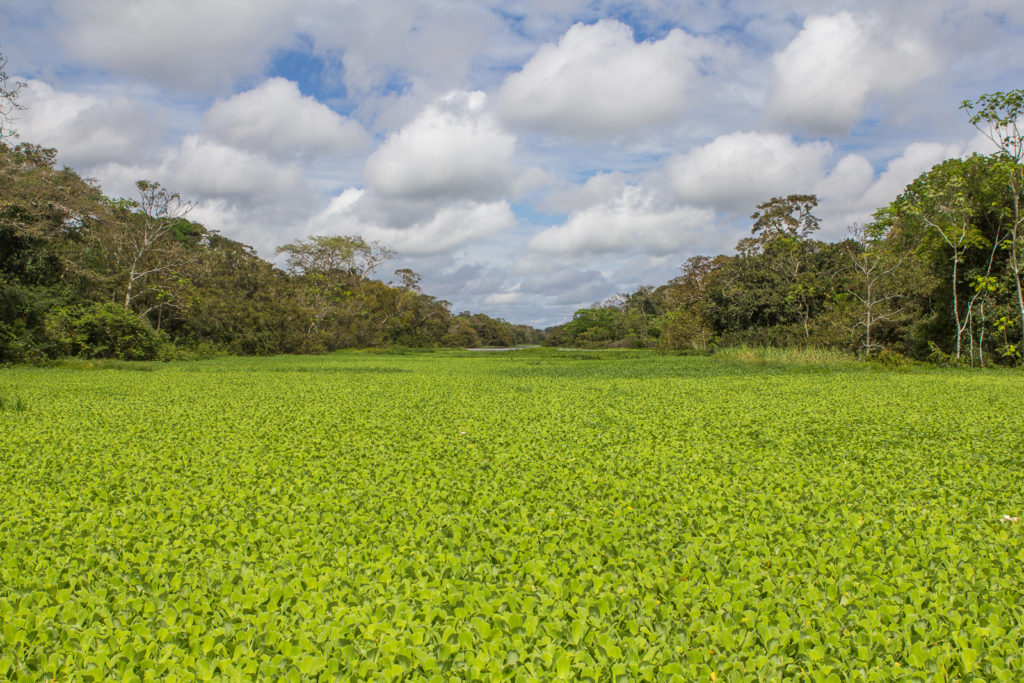
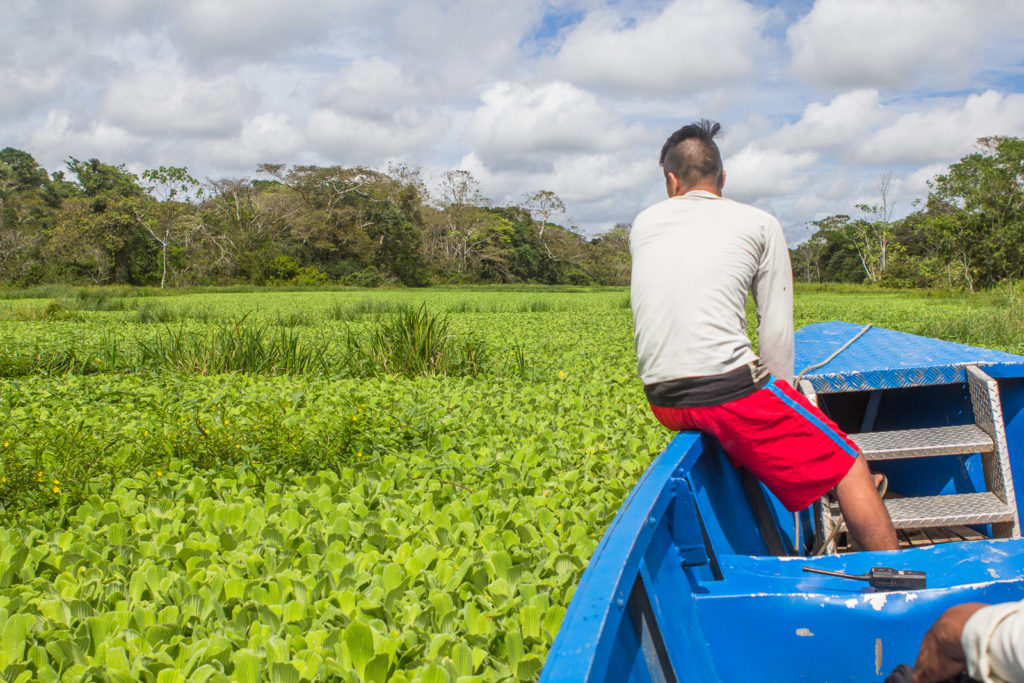
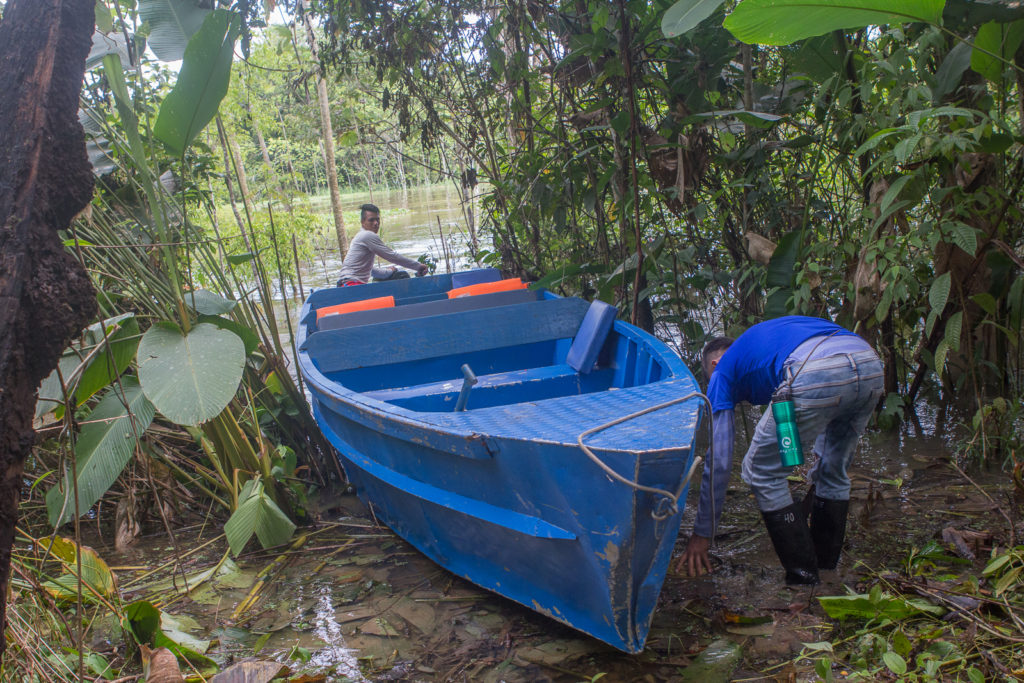
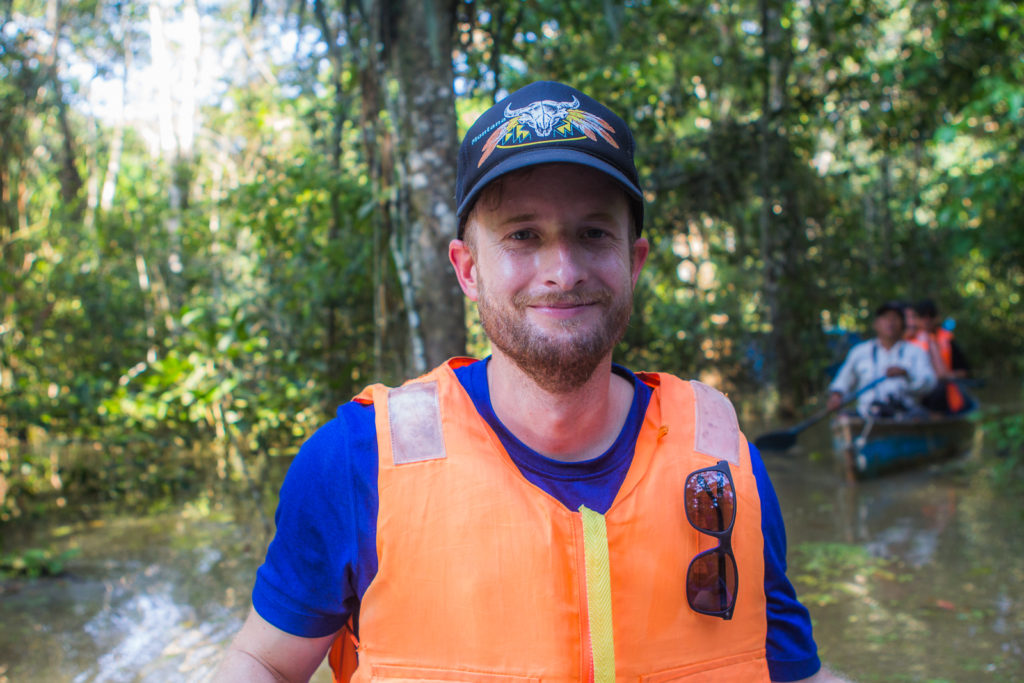
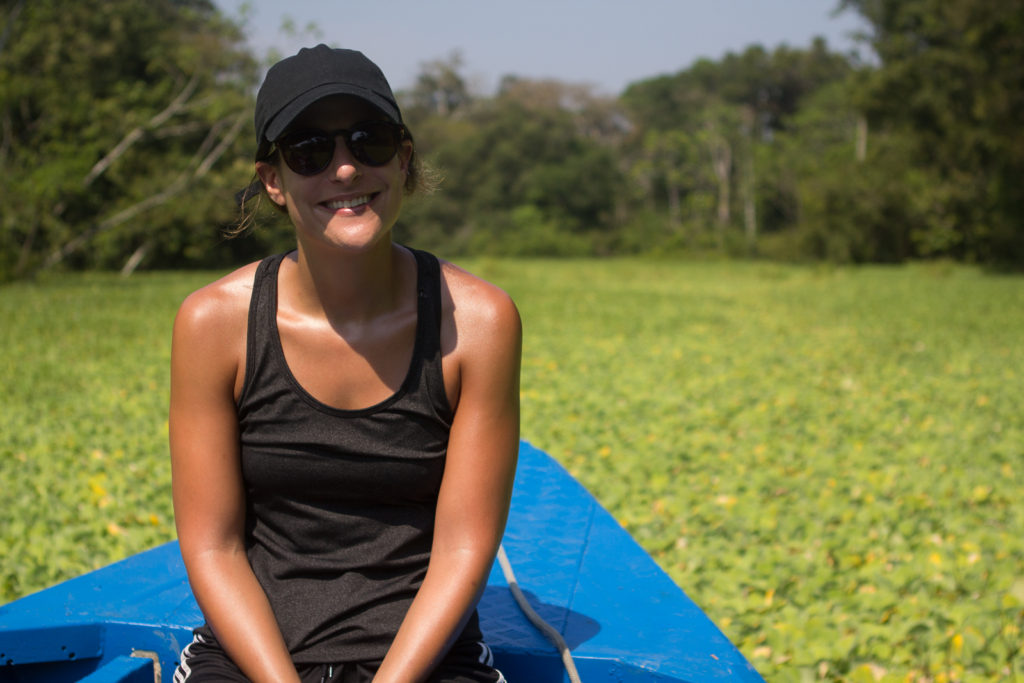
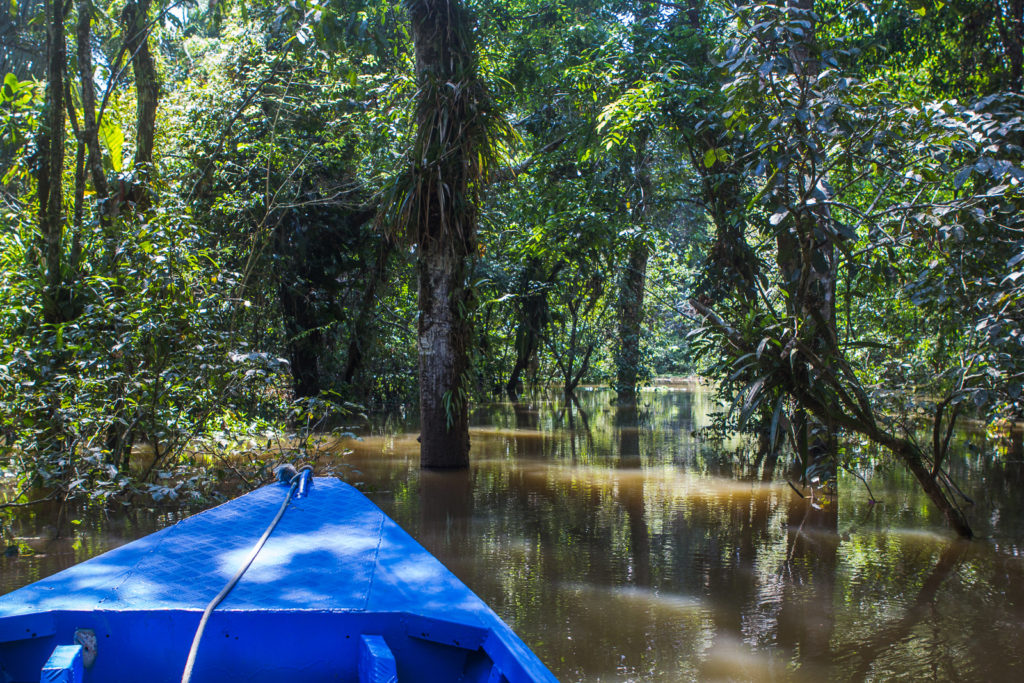


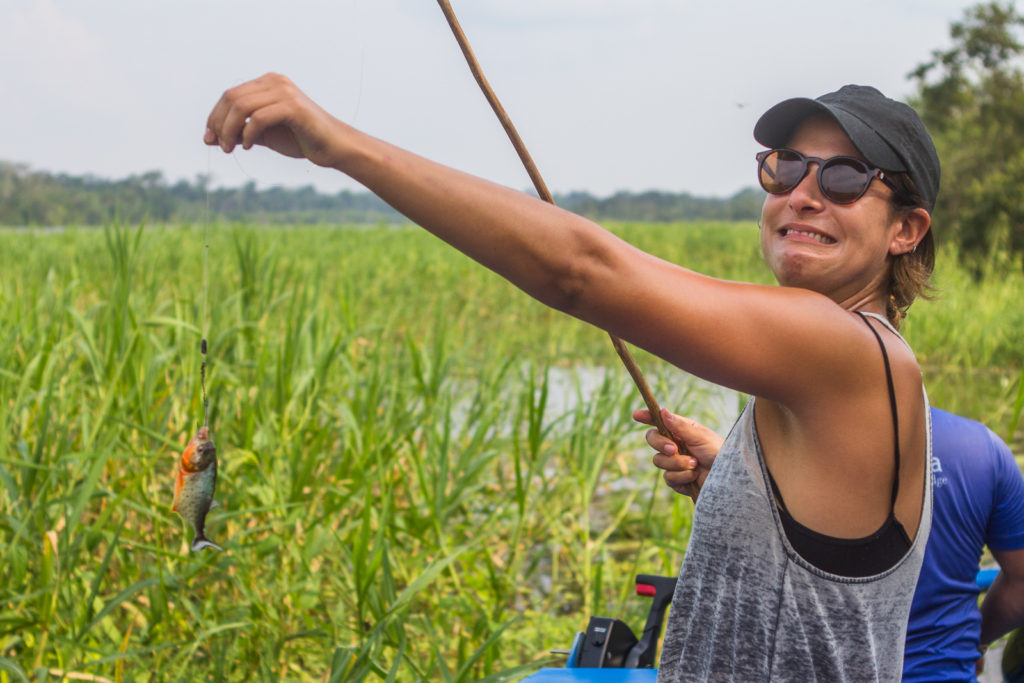
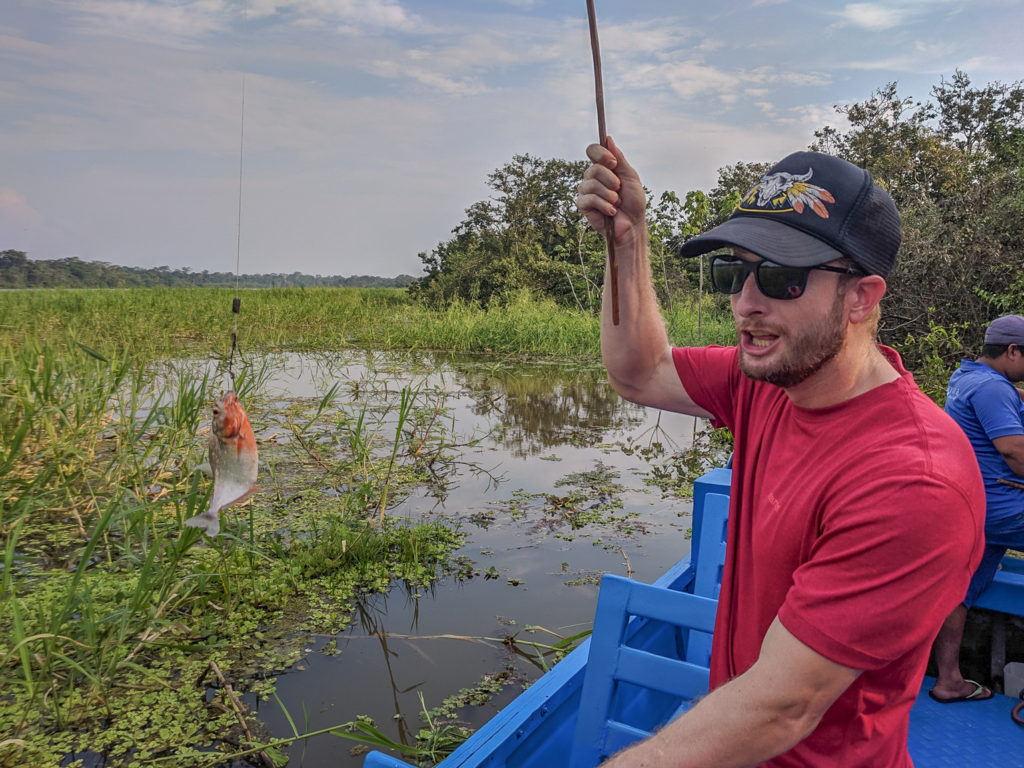
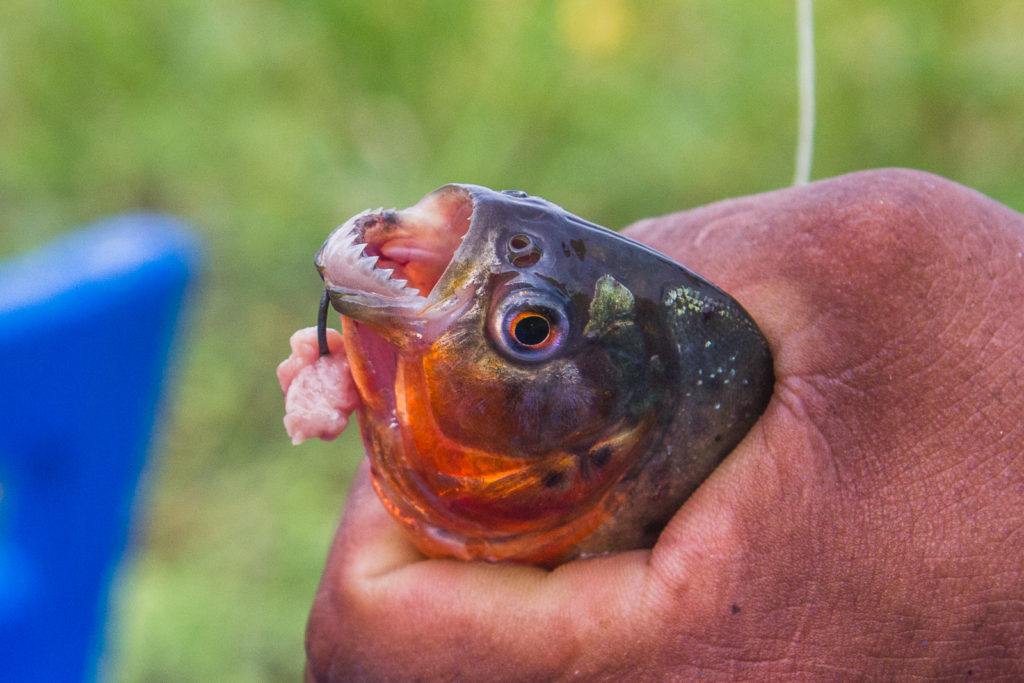
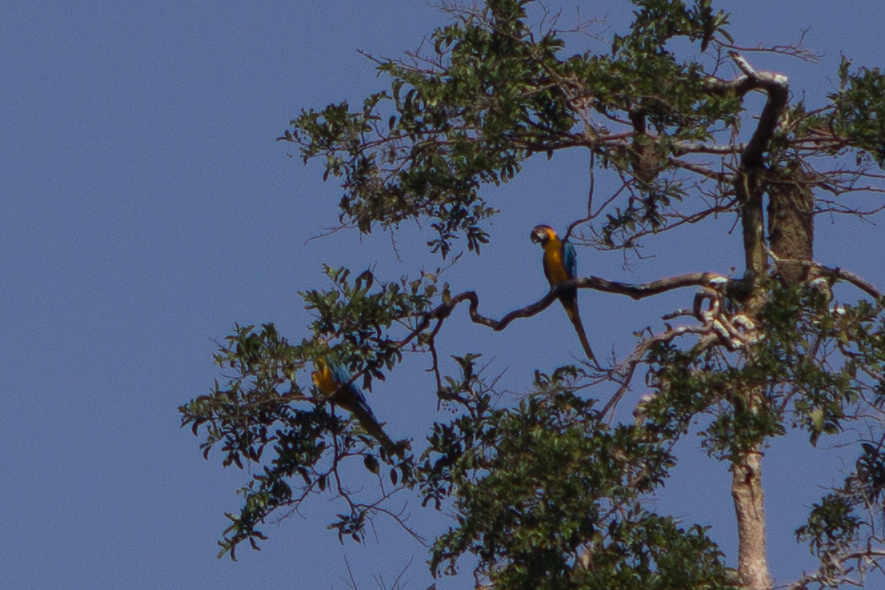
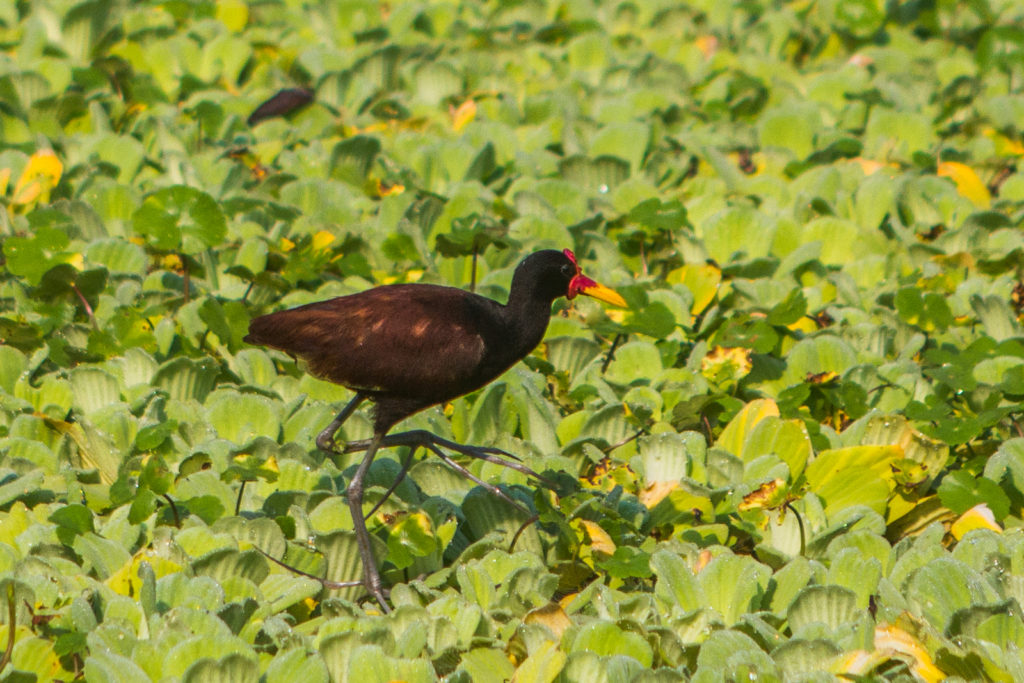
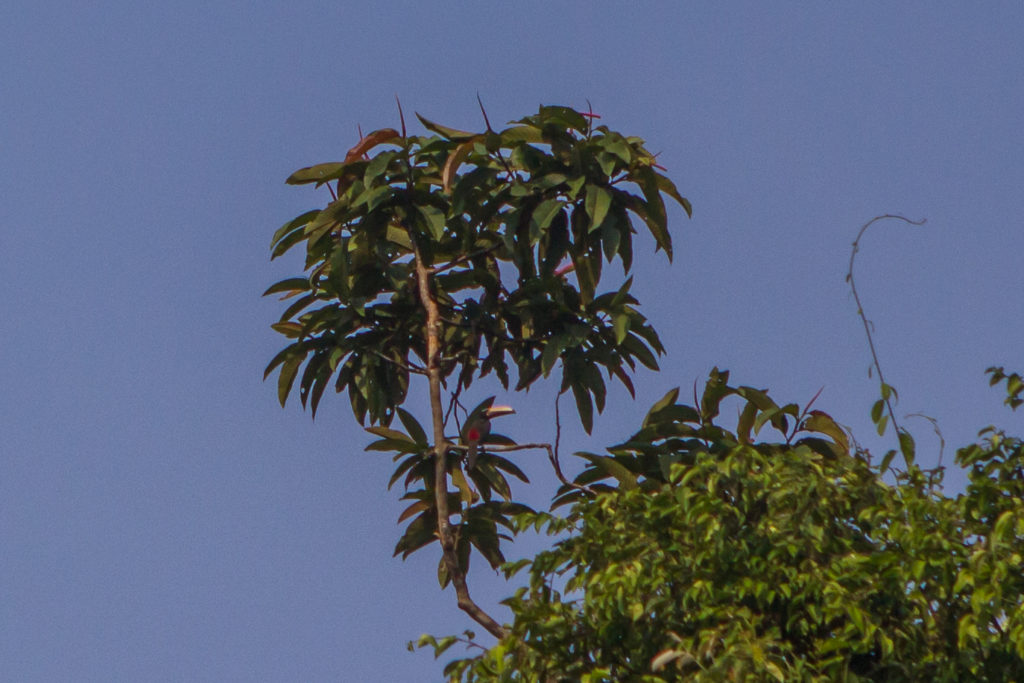
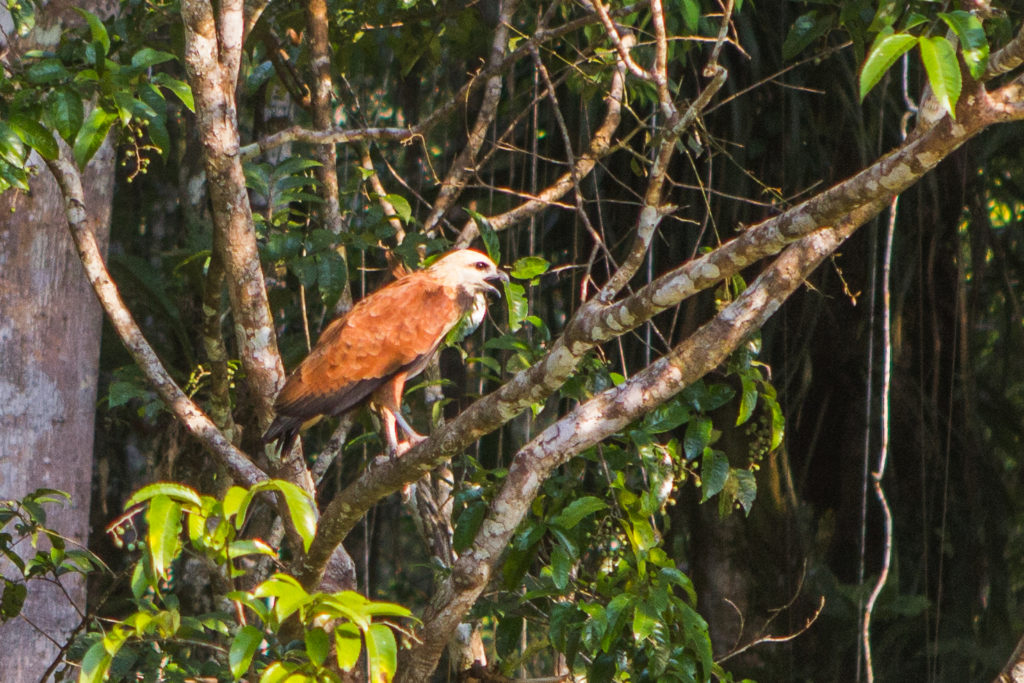




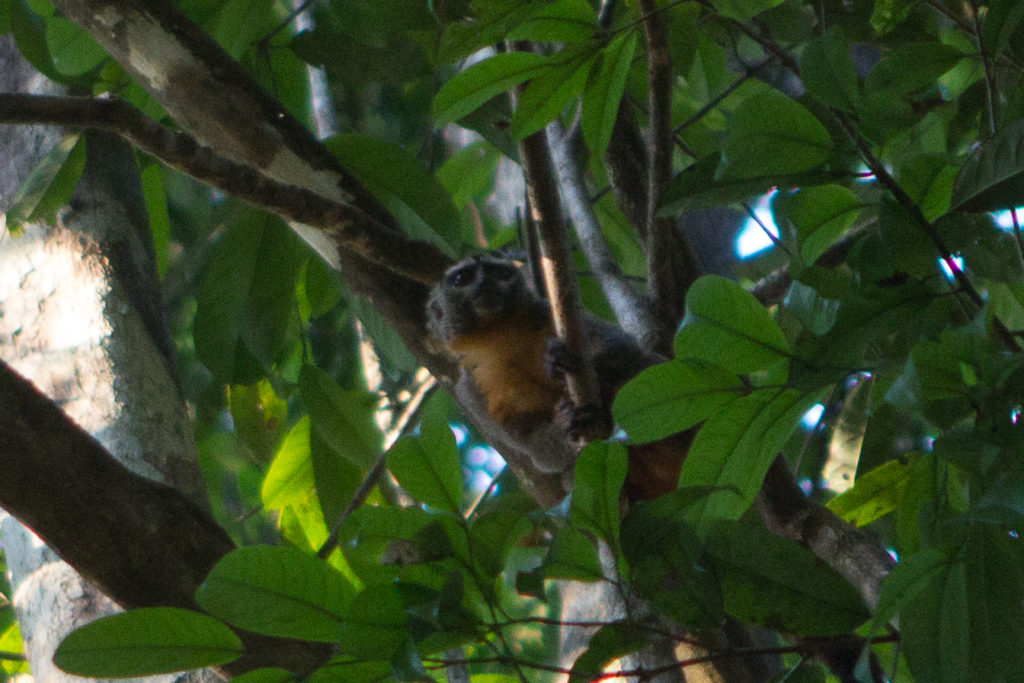
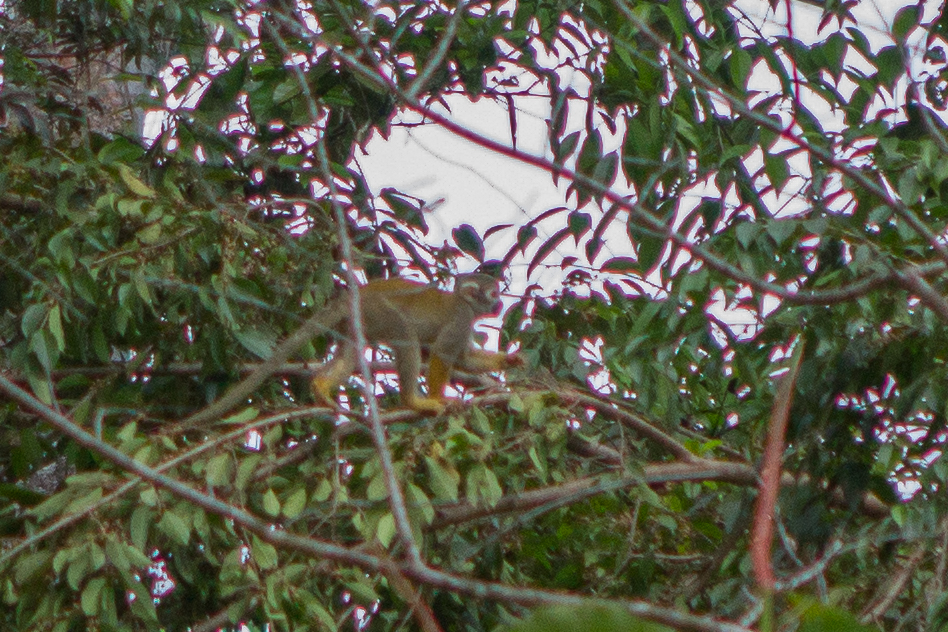

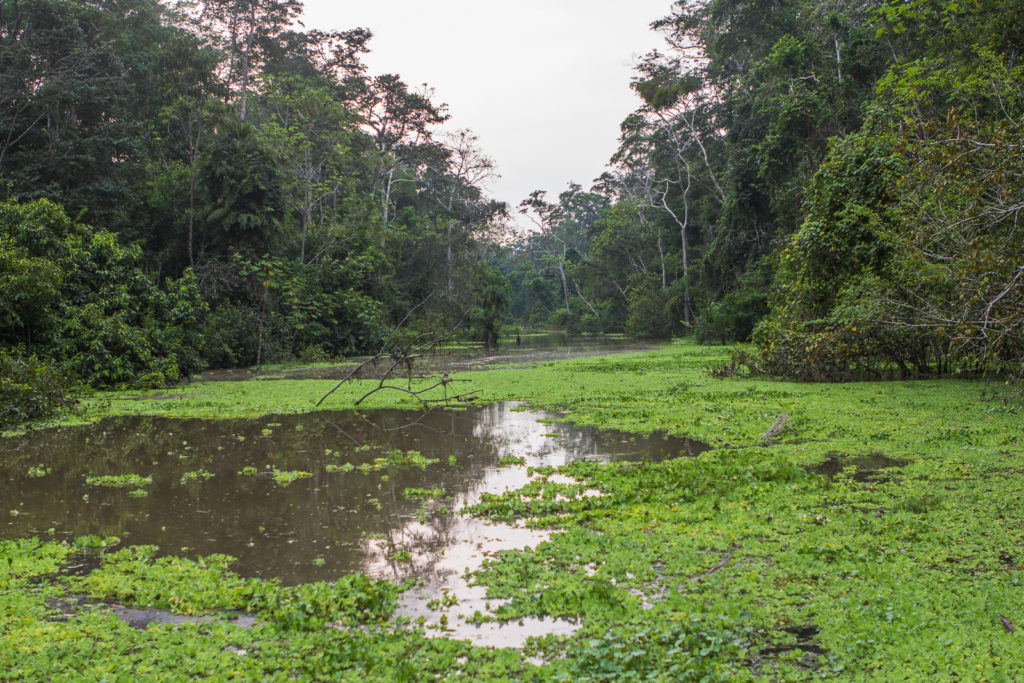
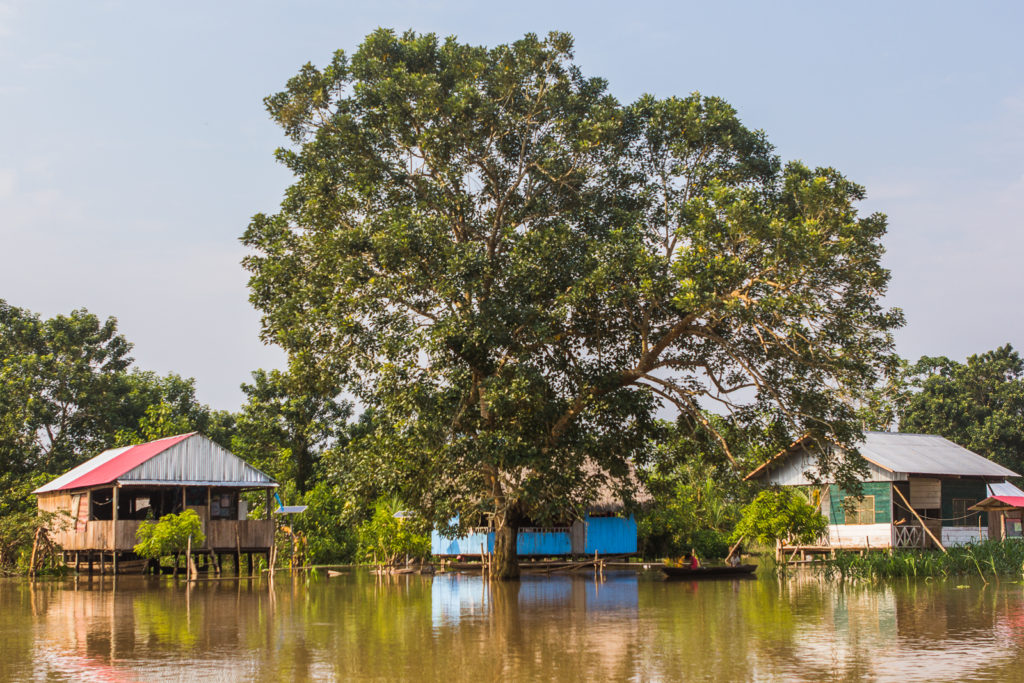


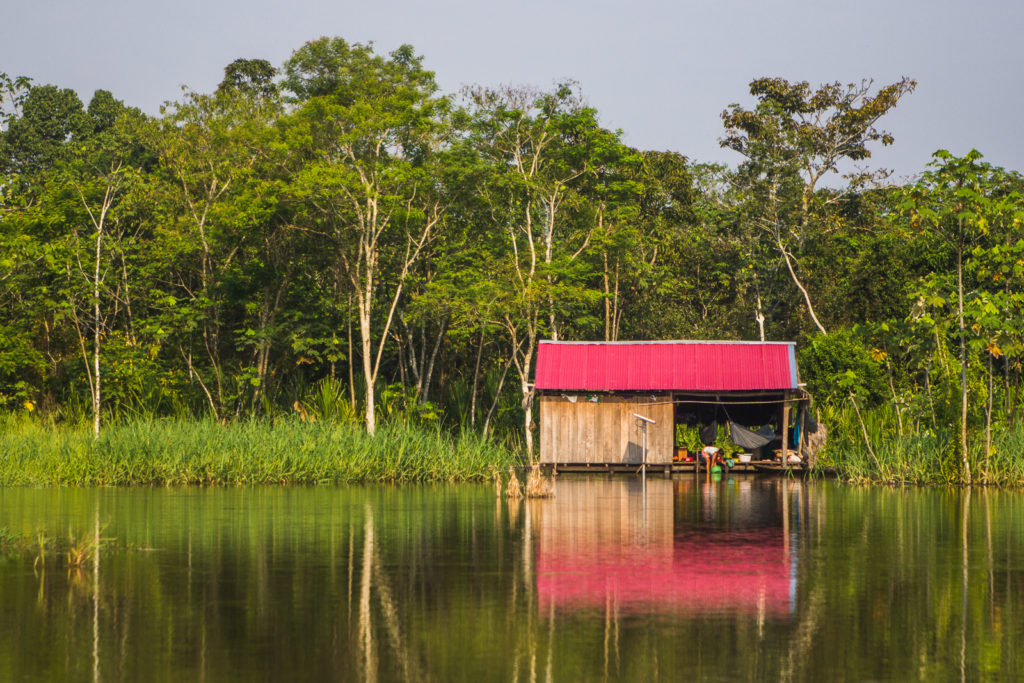
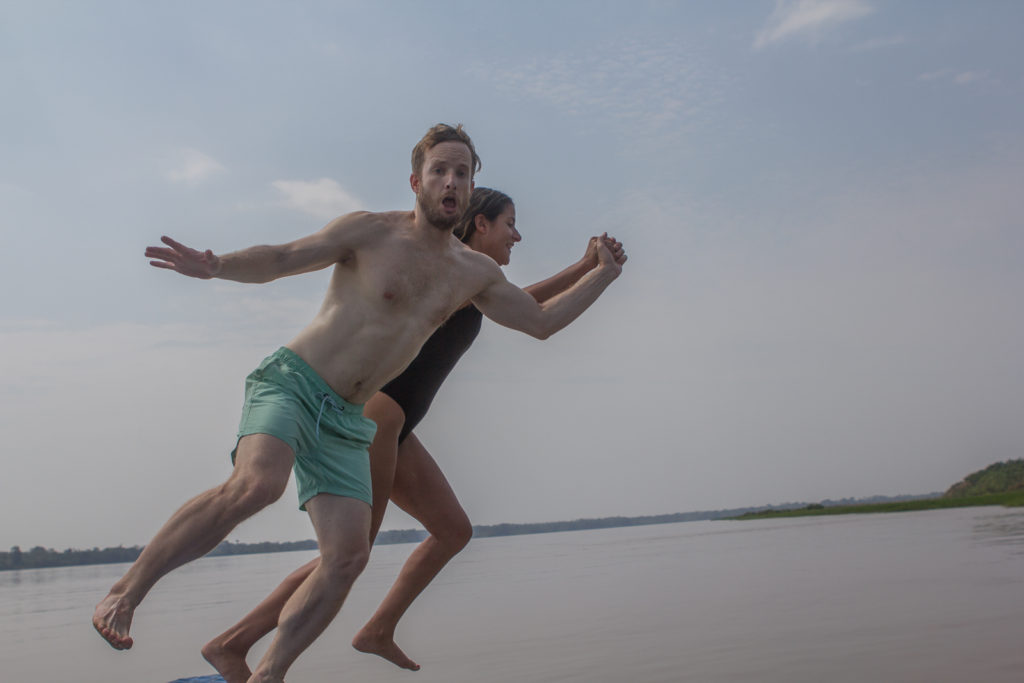
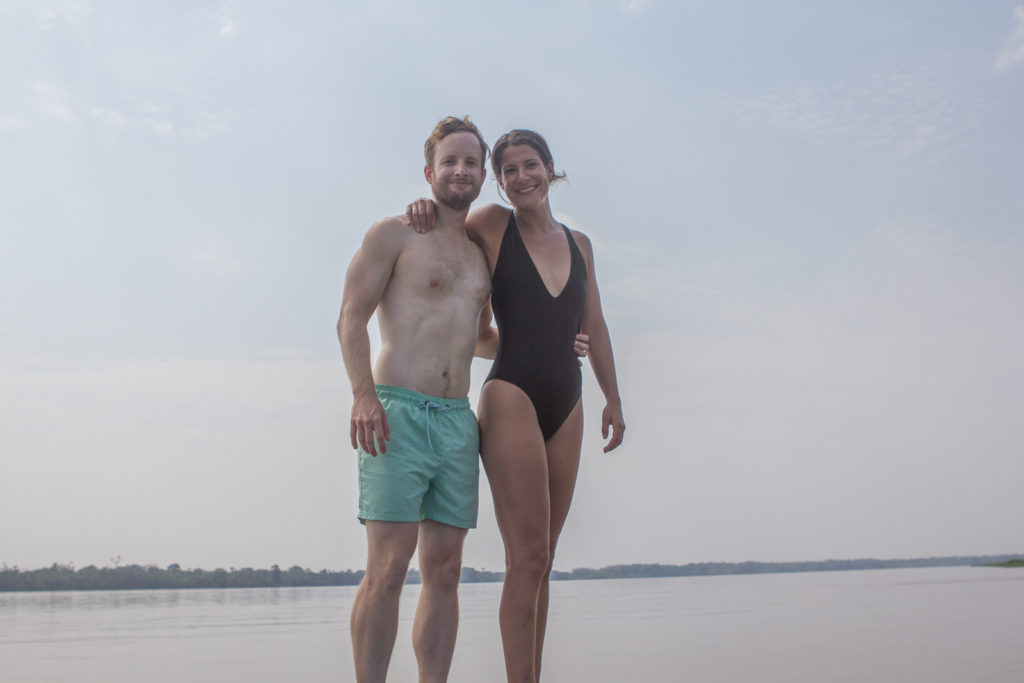
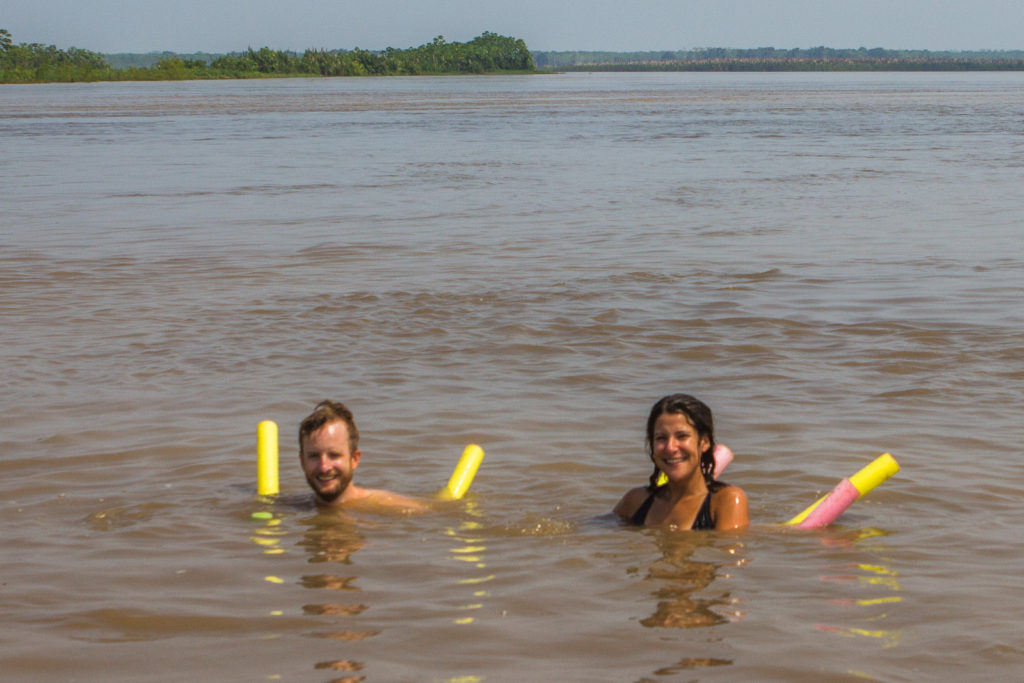
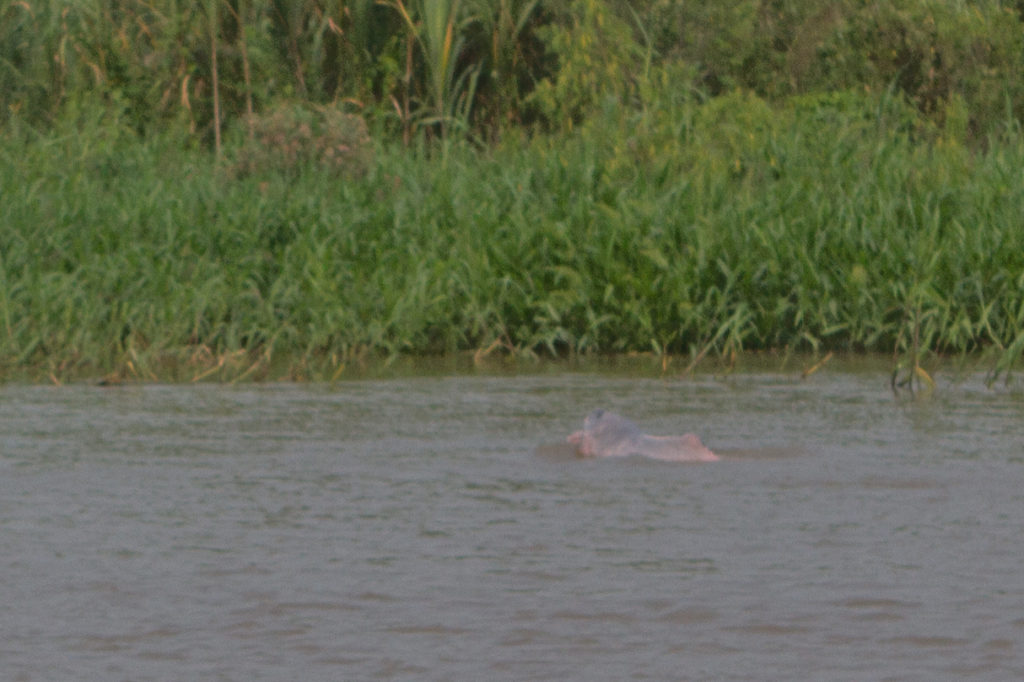
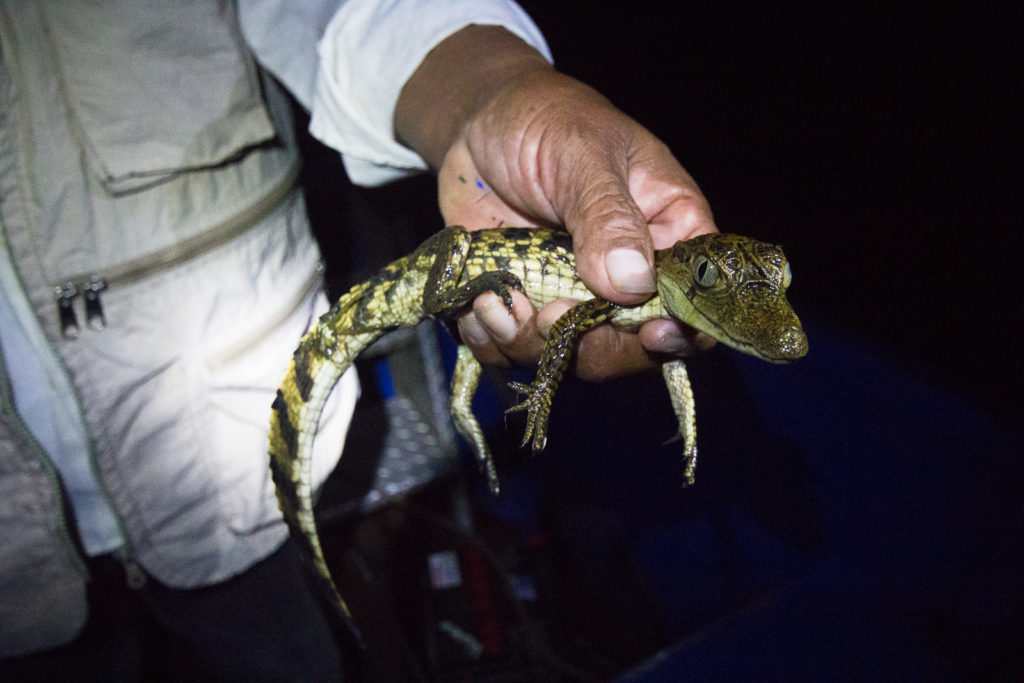
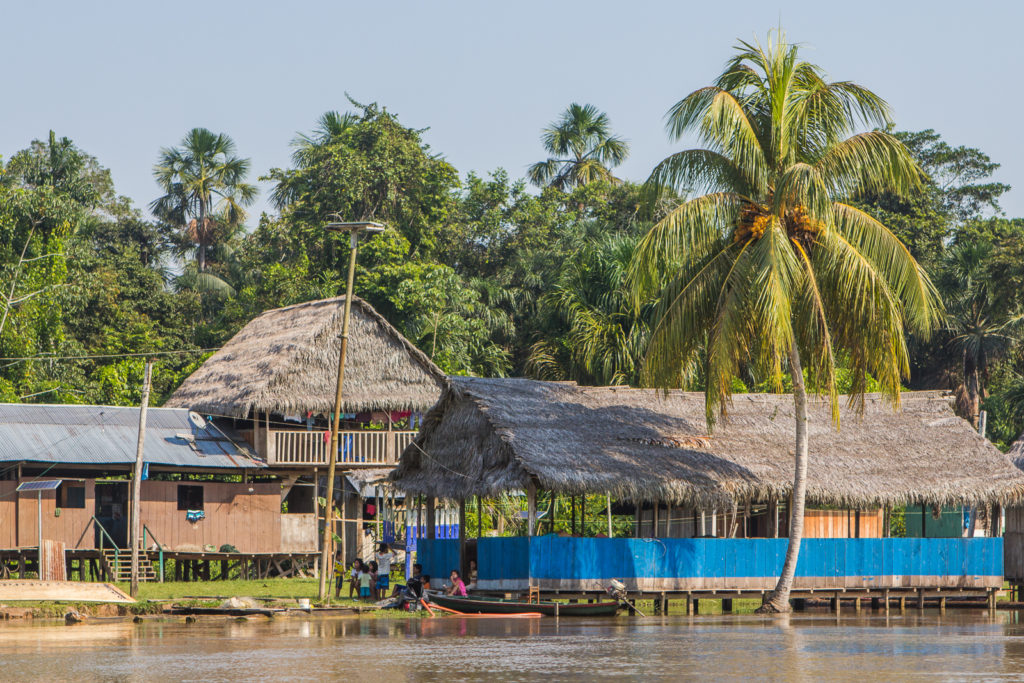
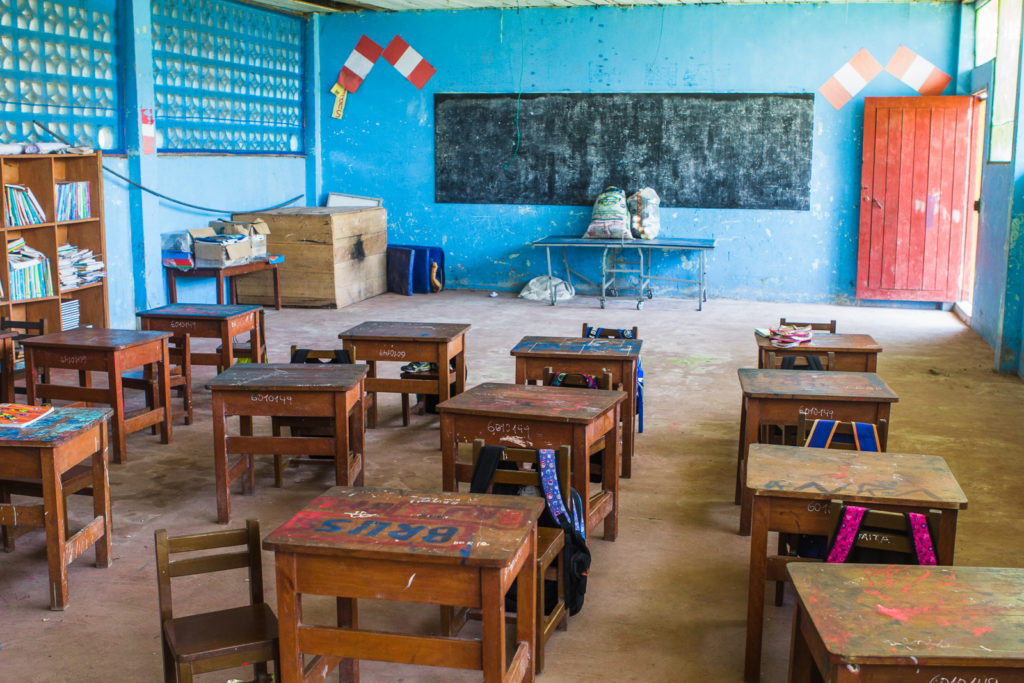
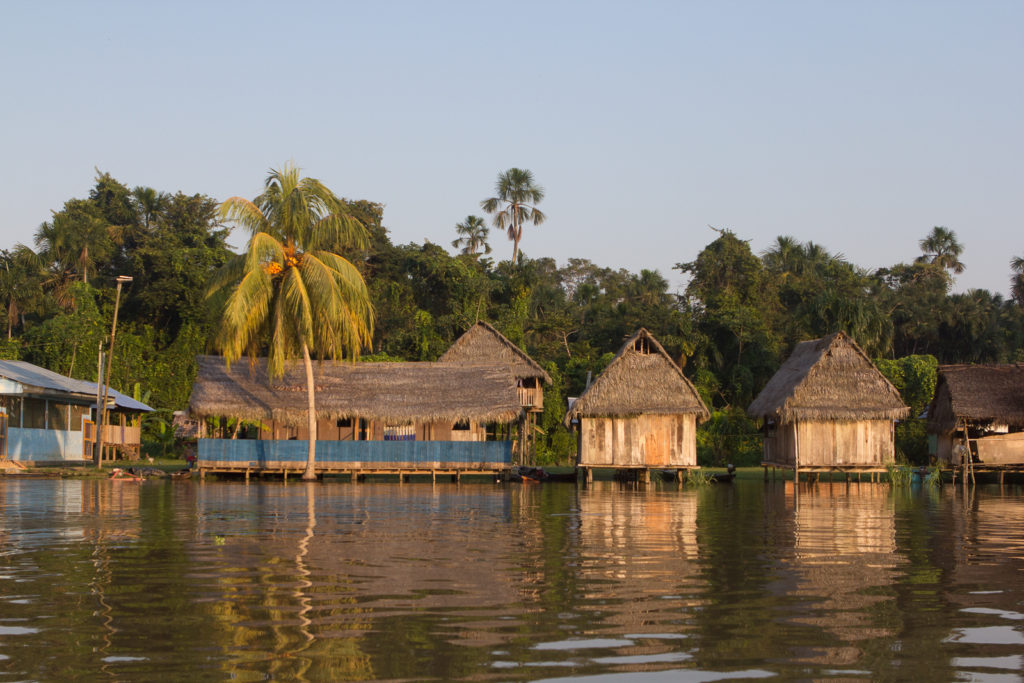
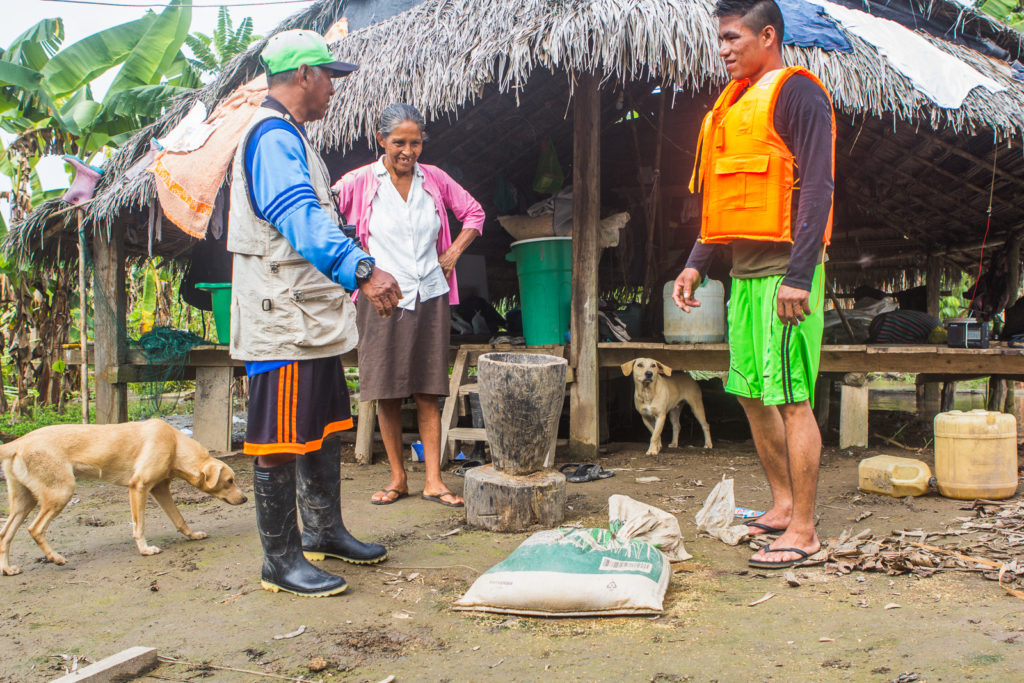
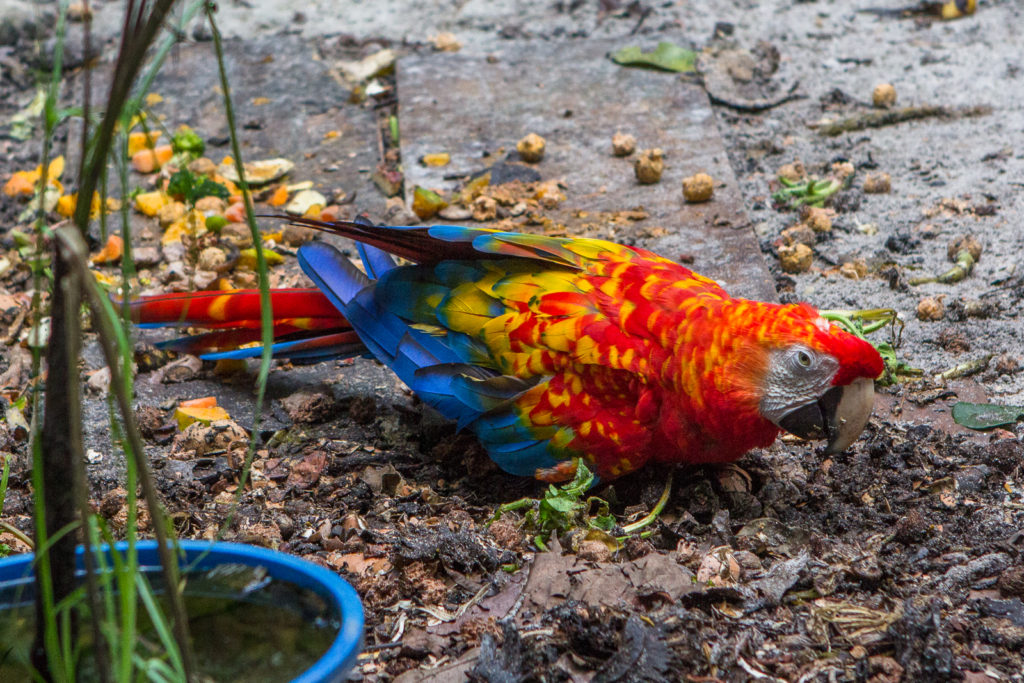
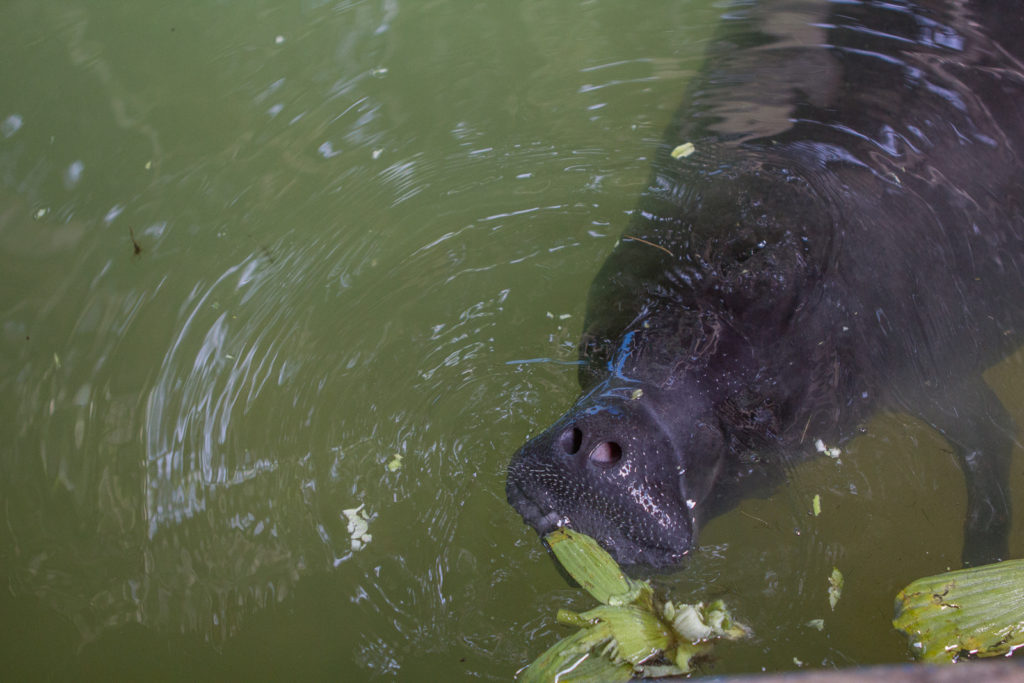
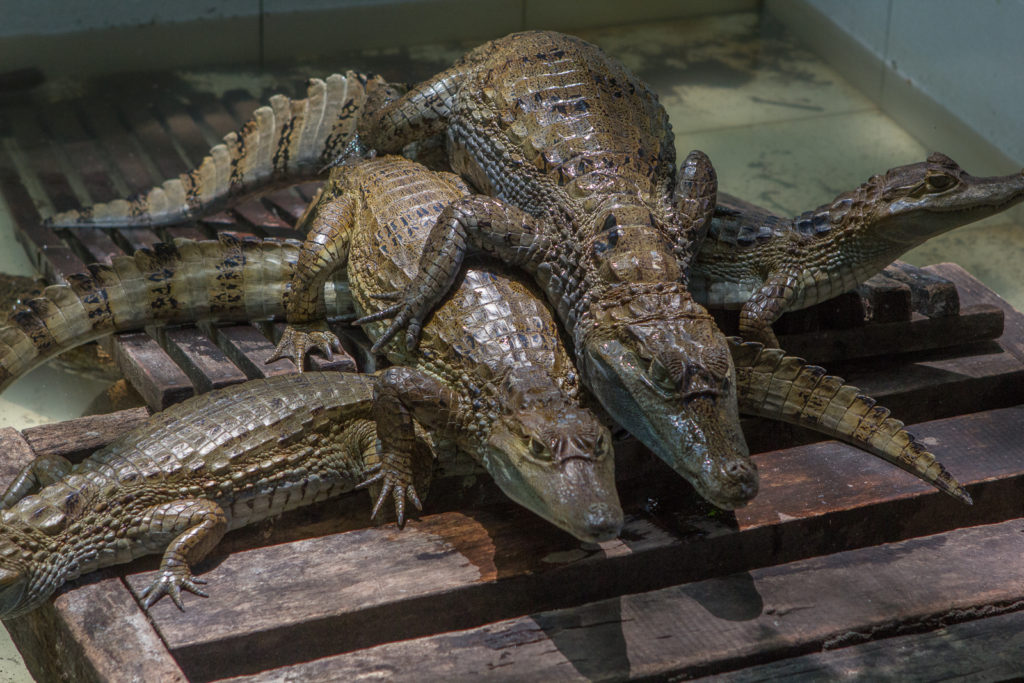
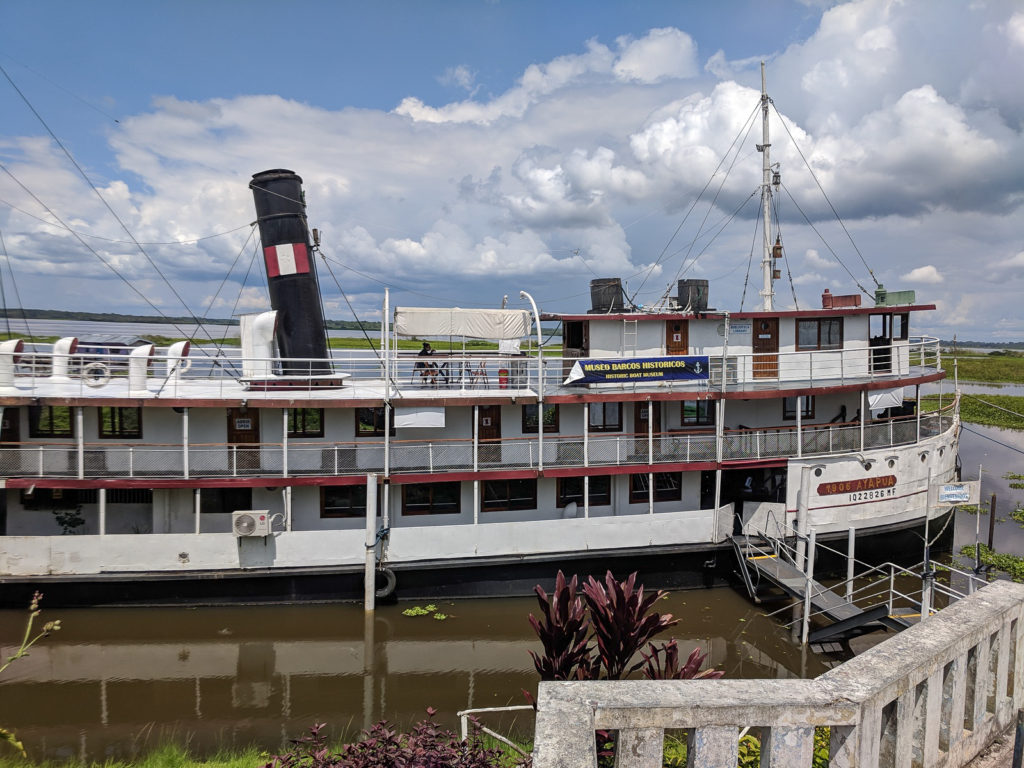


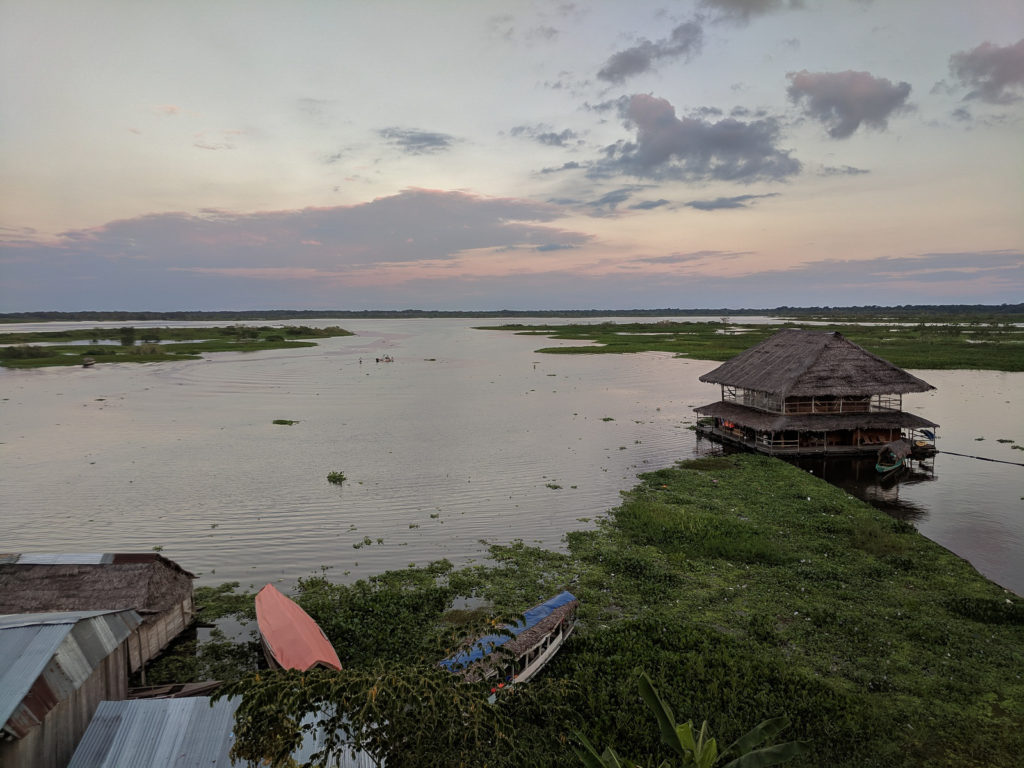
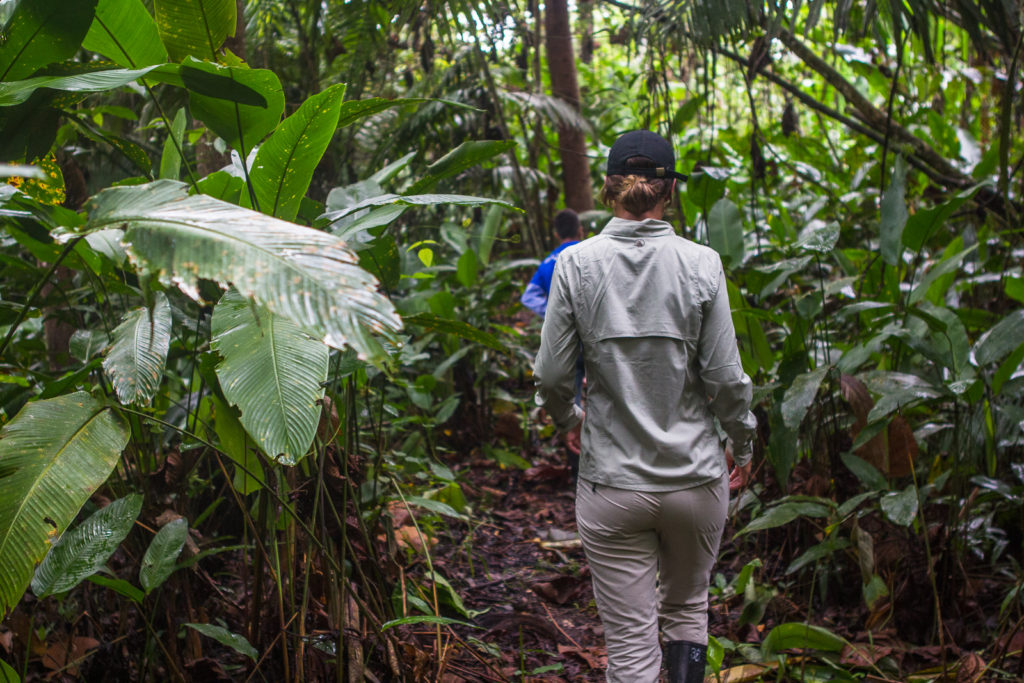
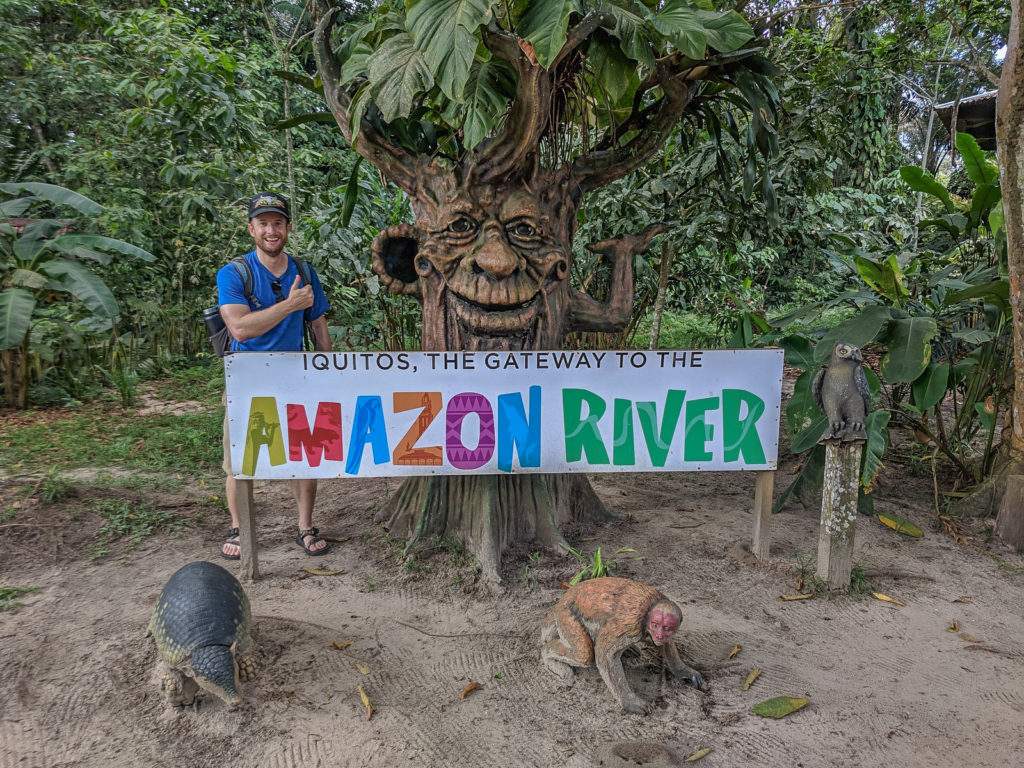
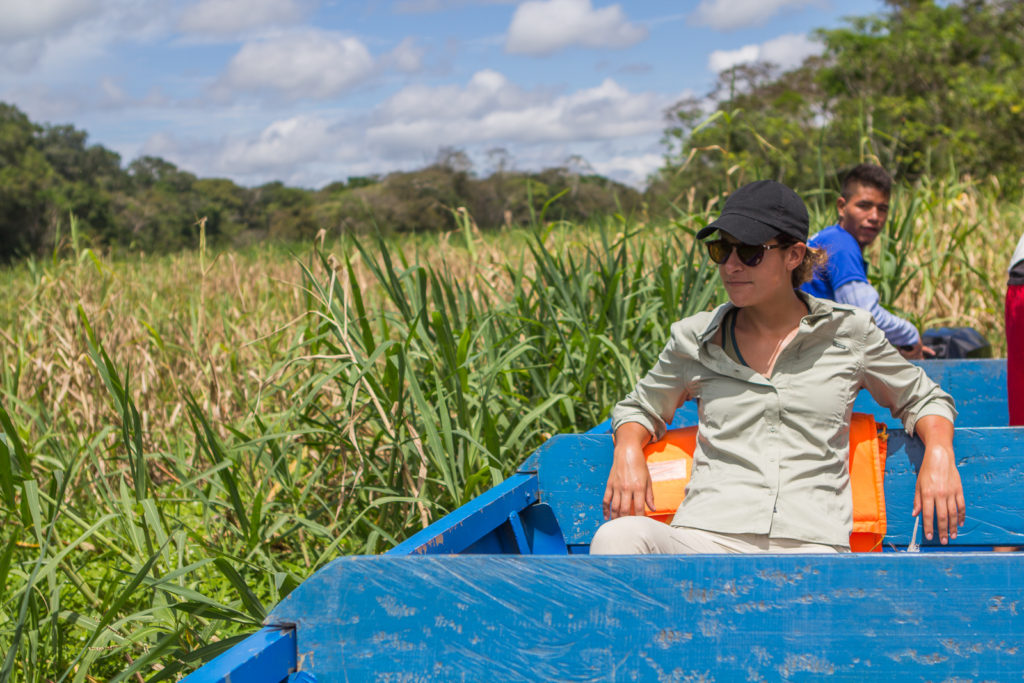
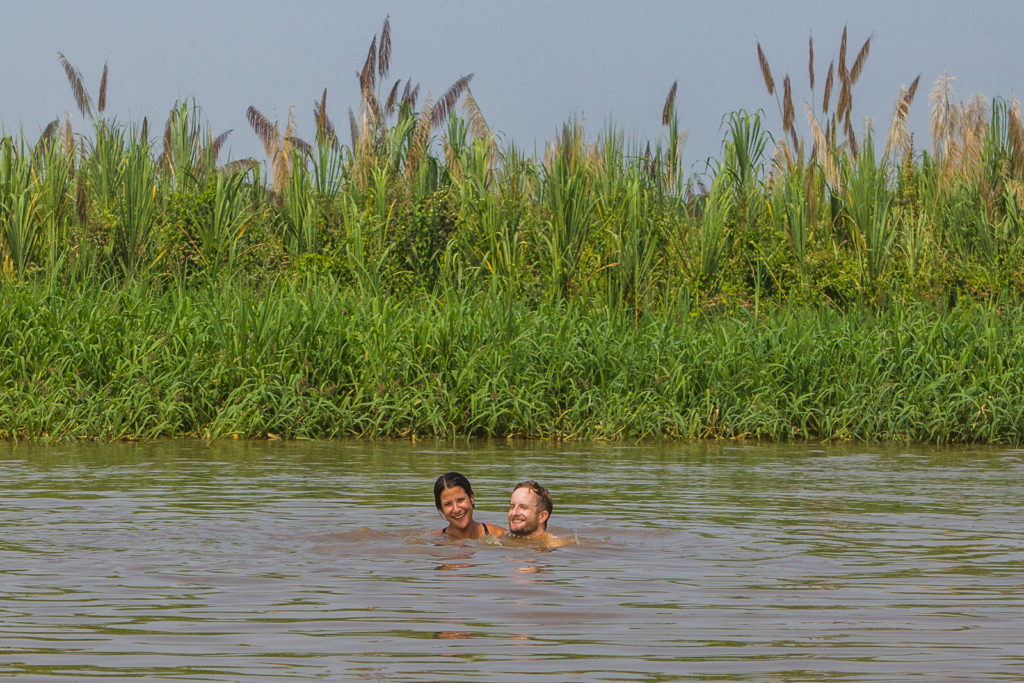
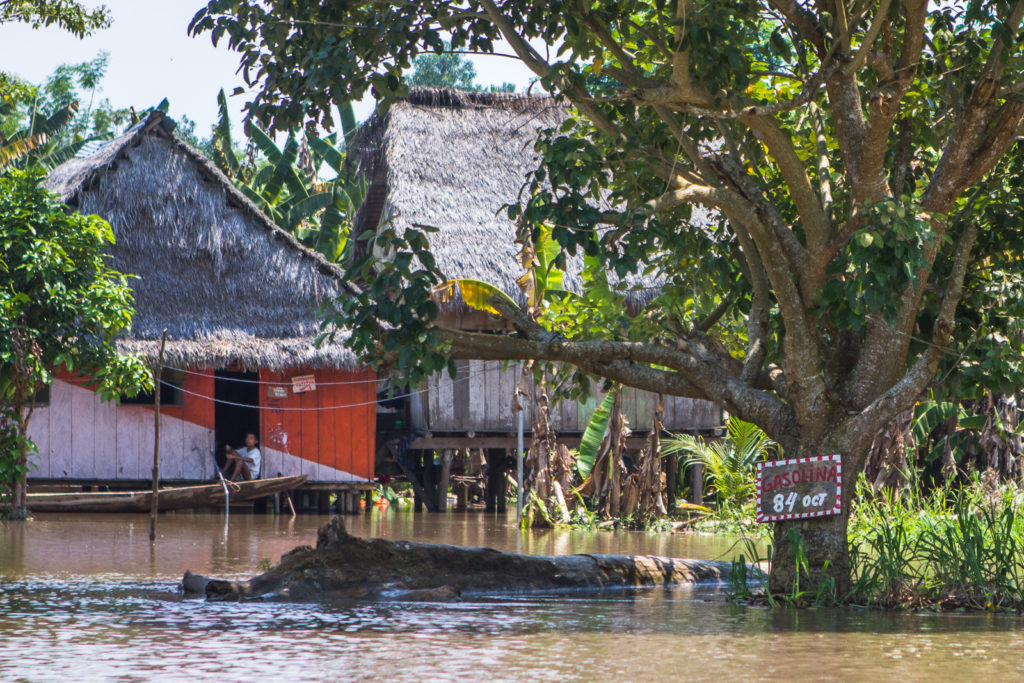
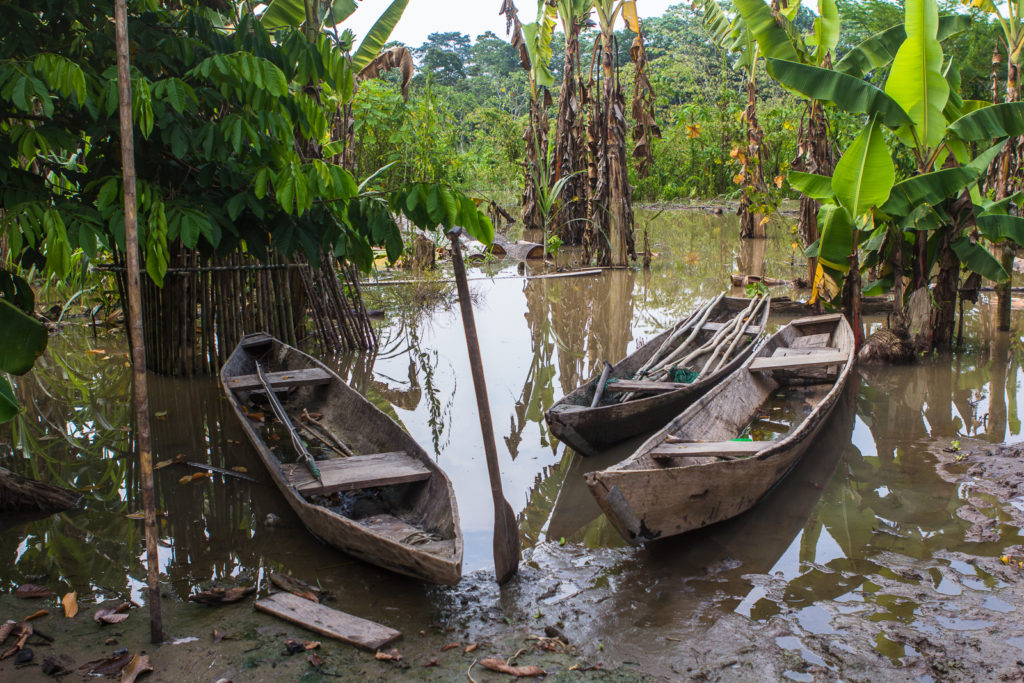
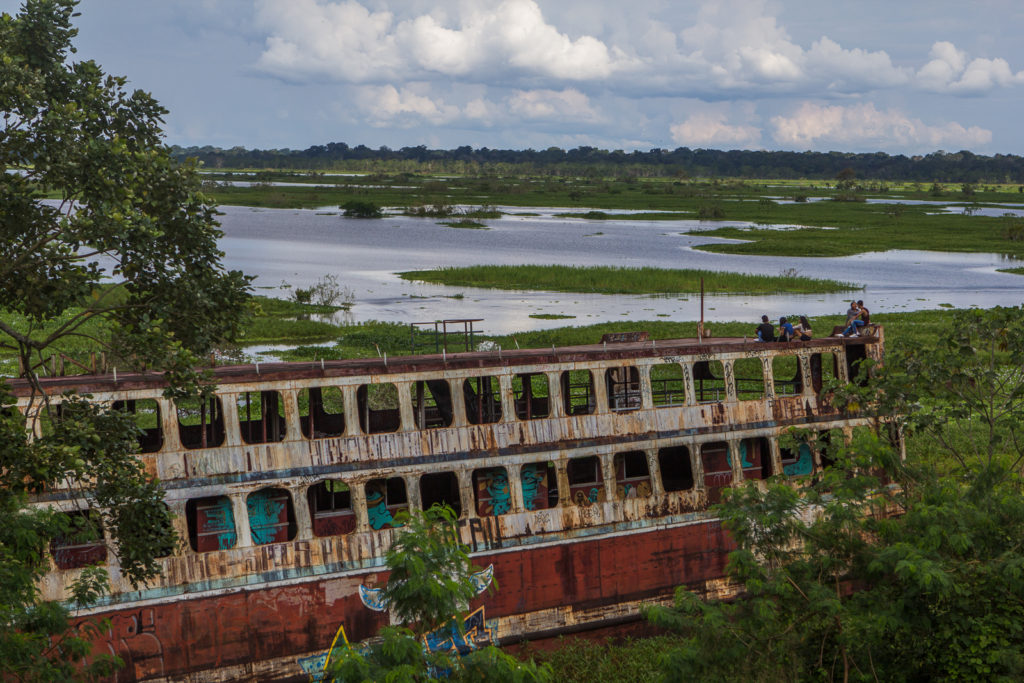
Leave a reply